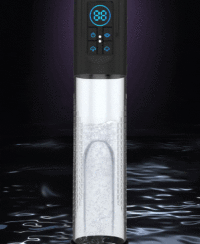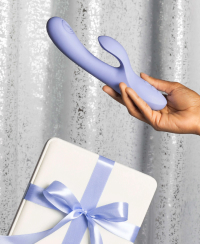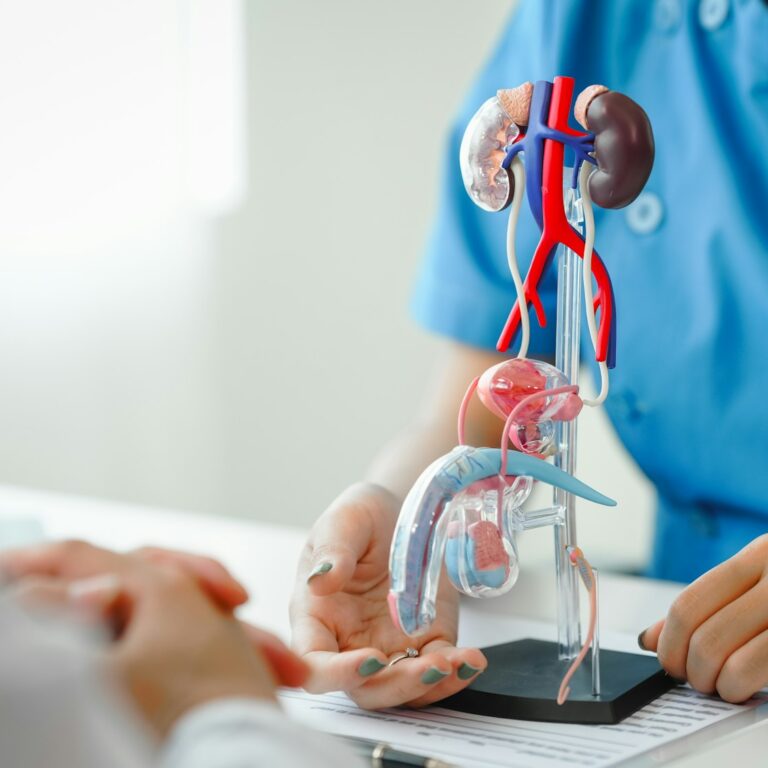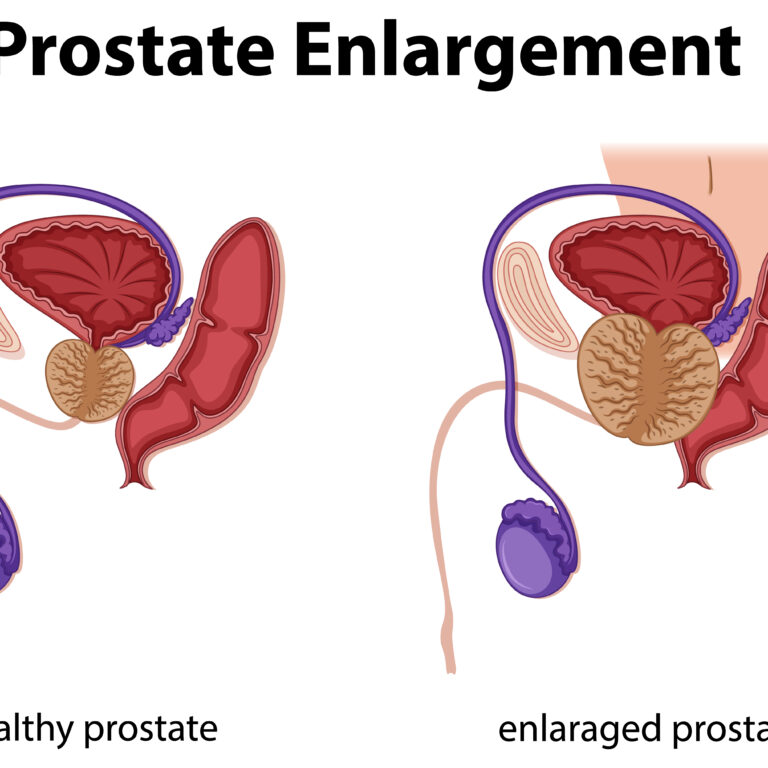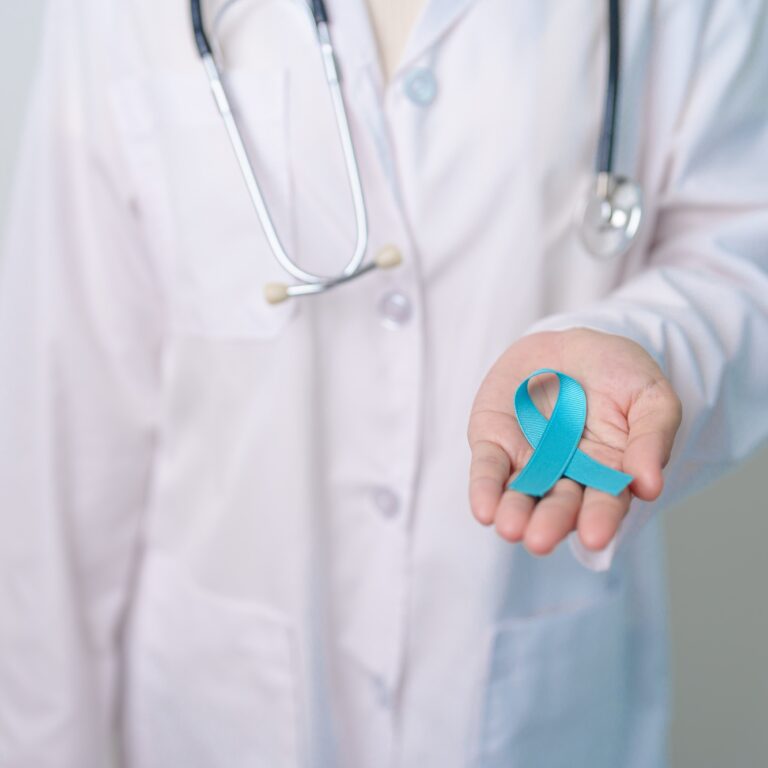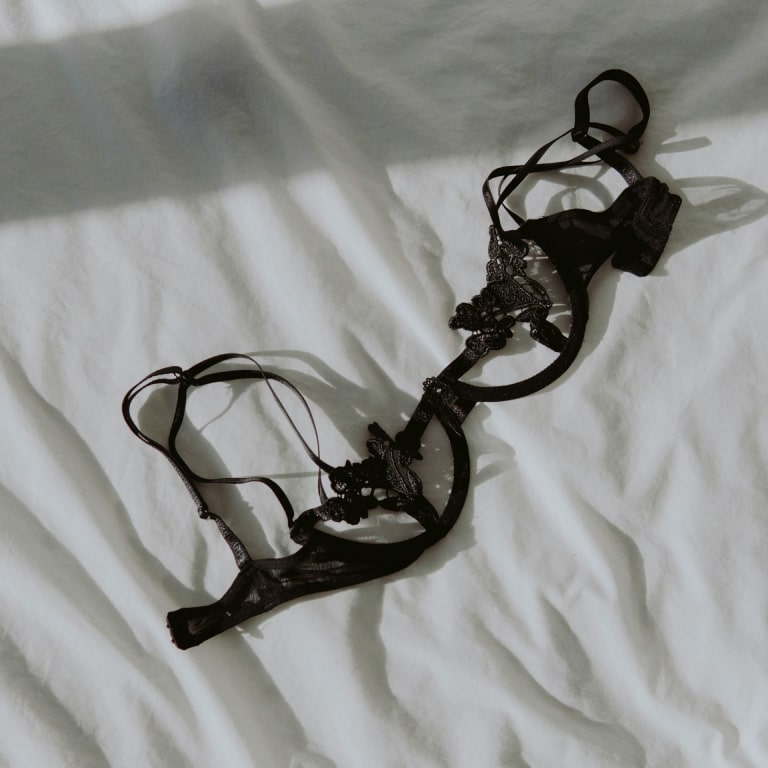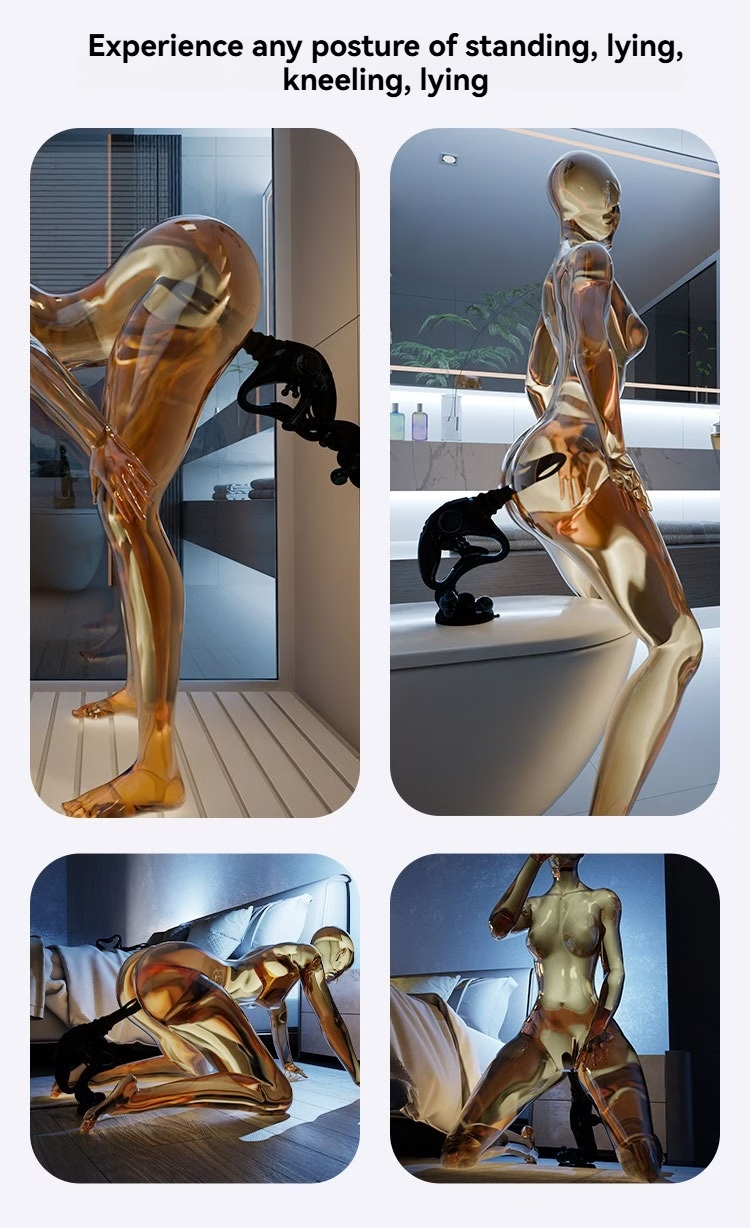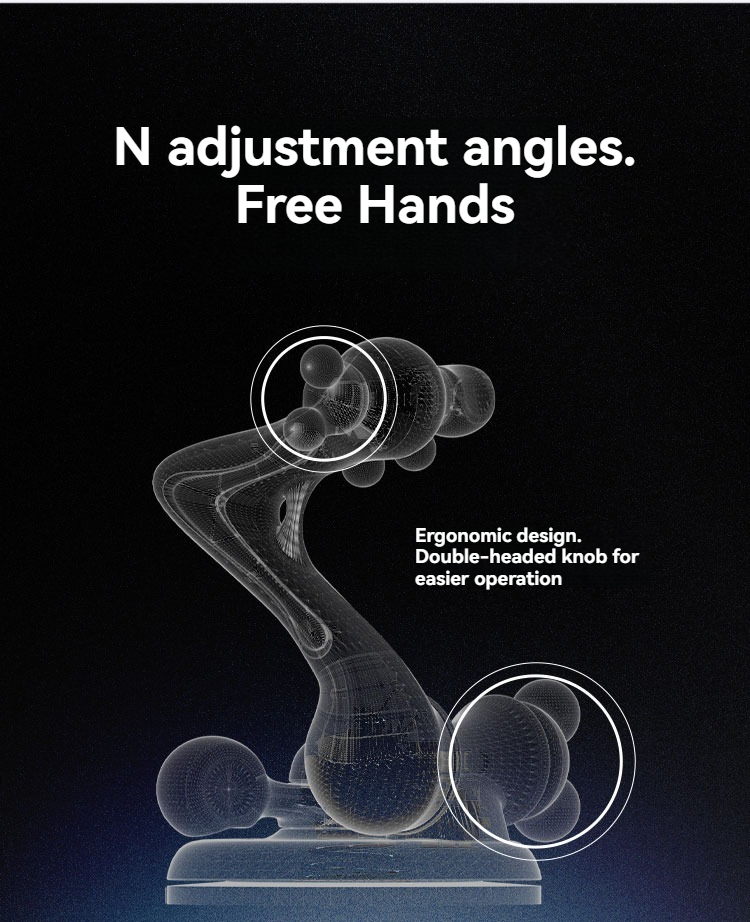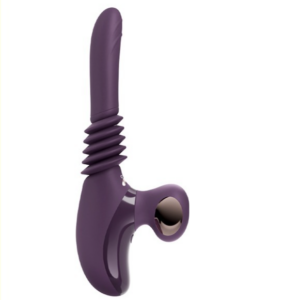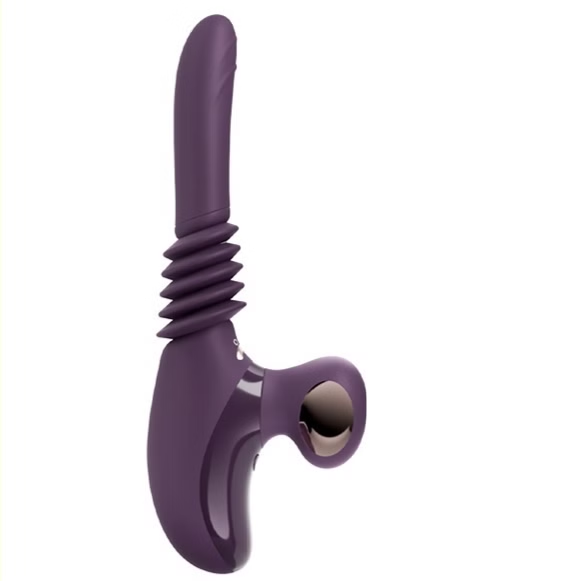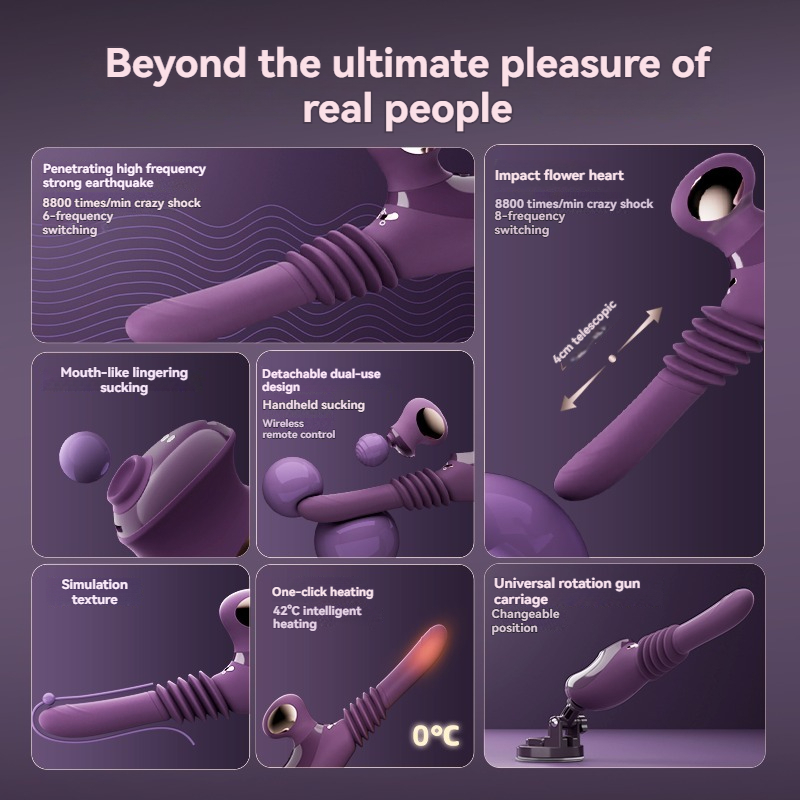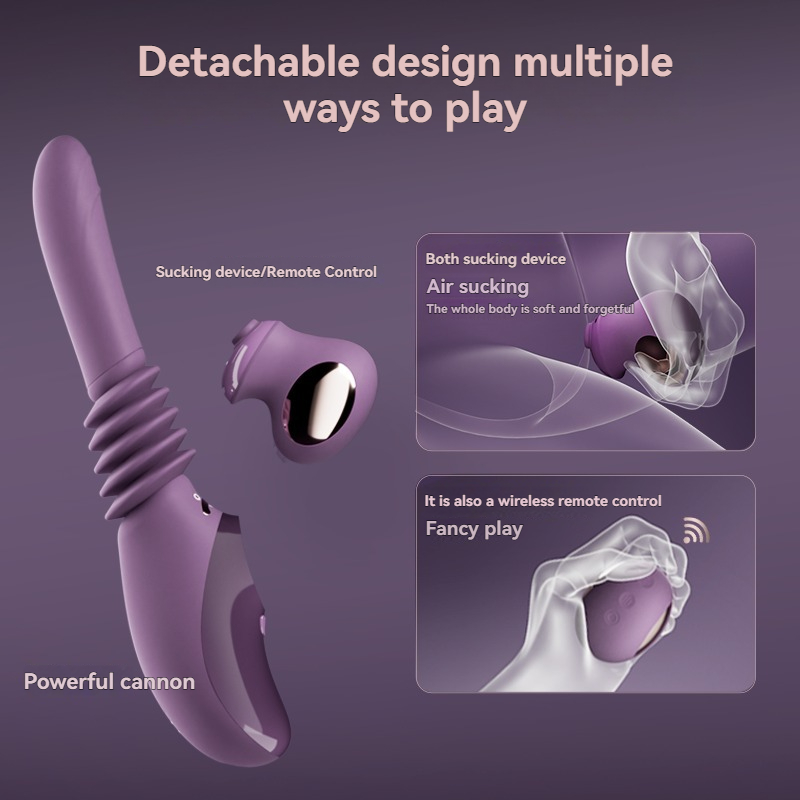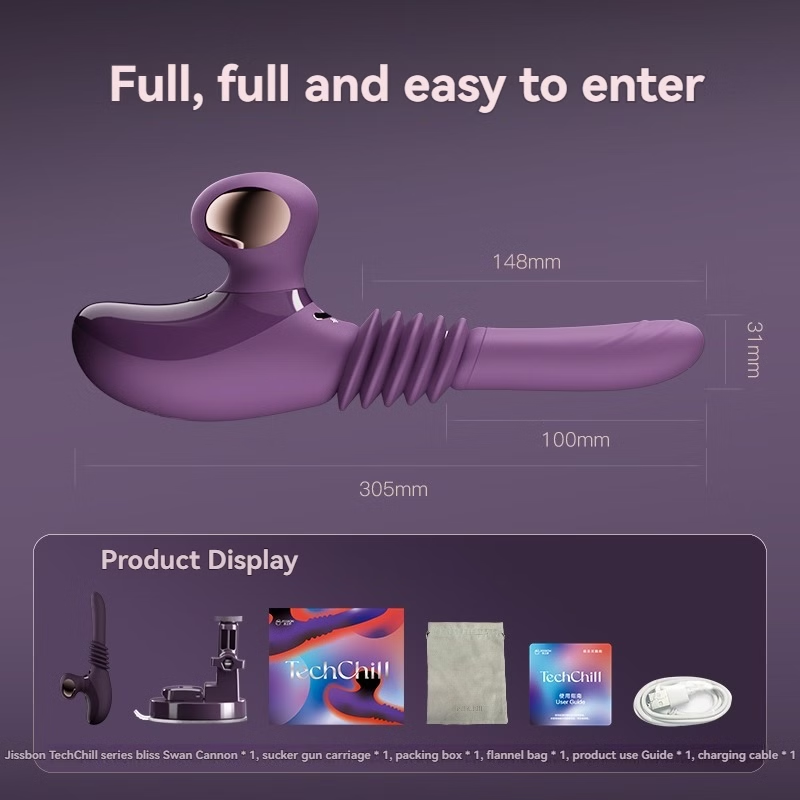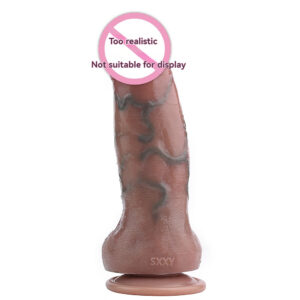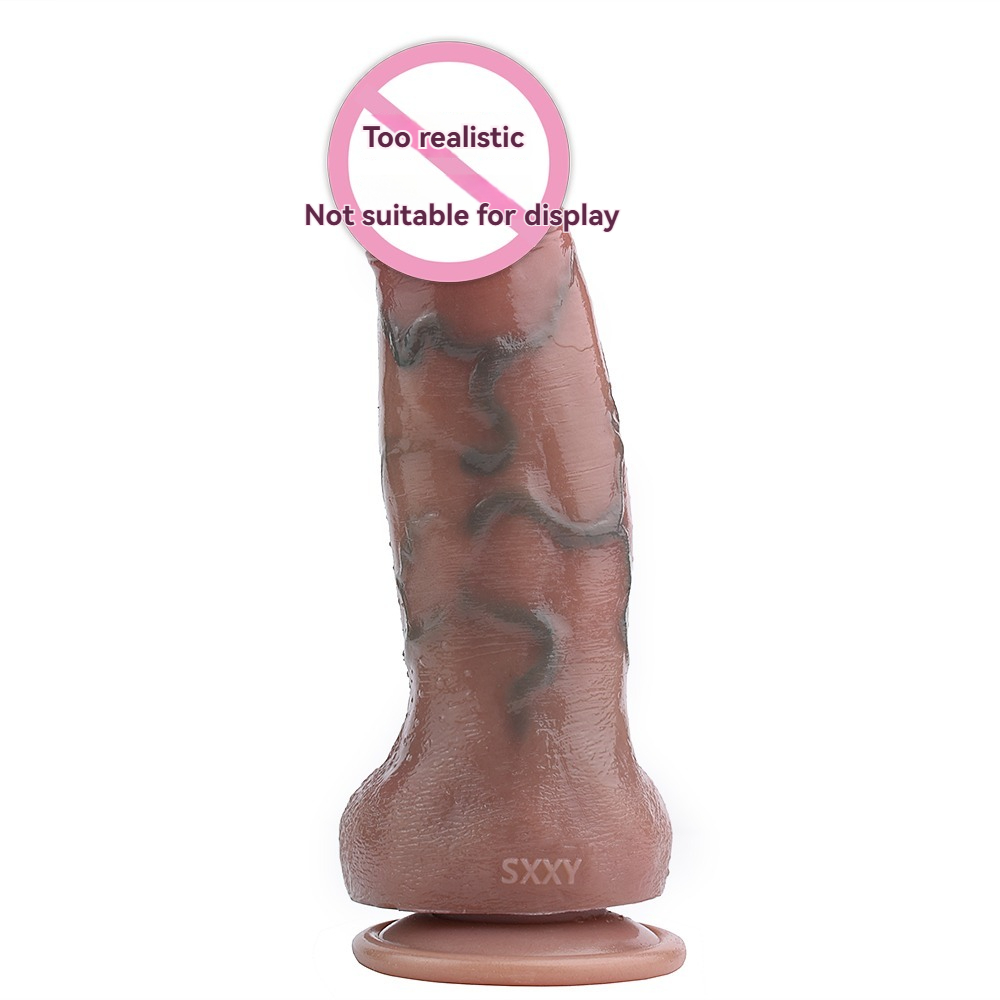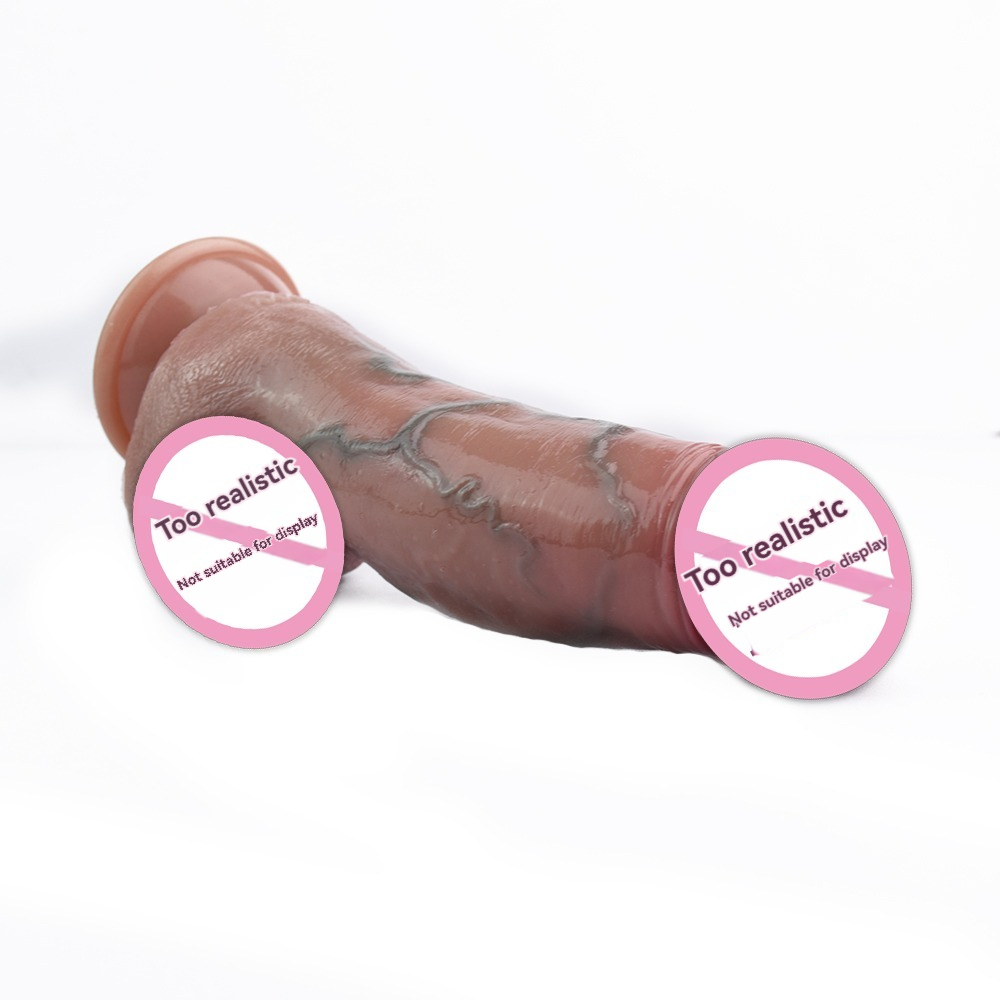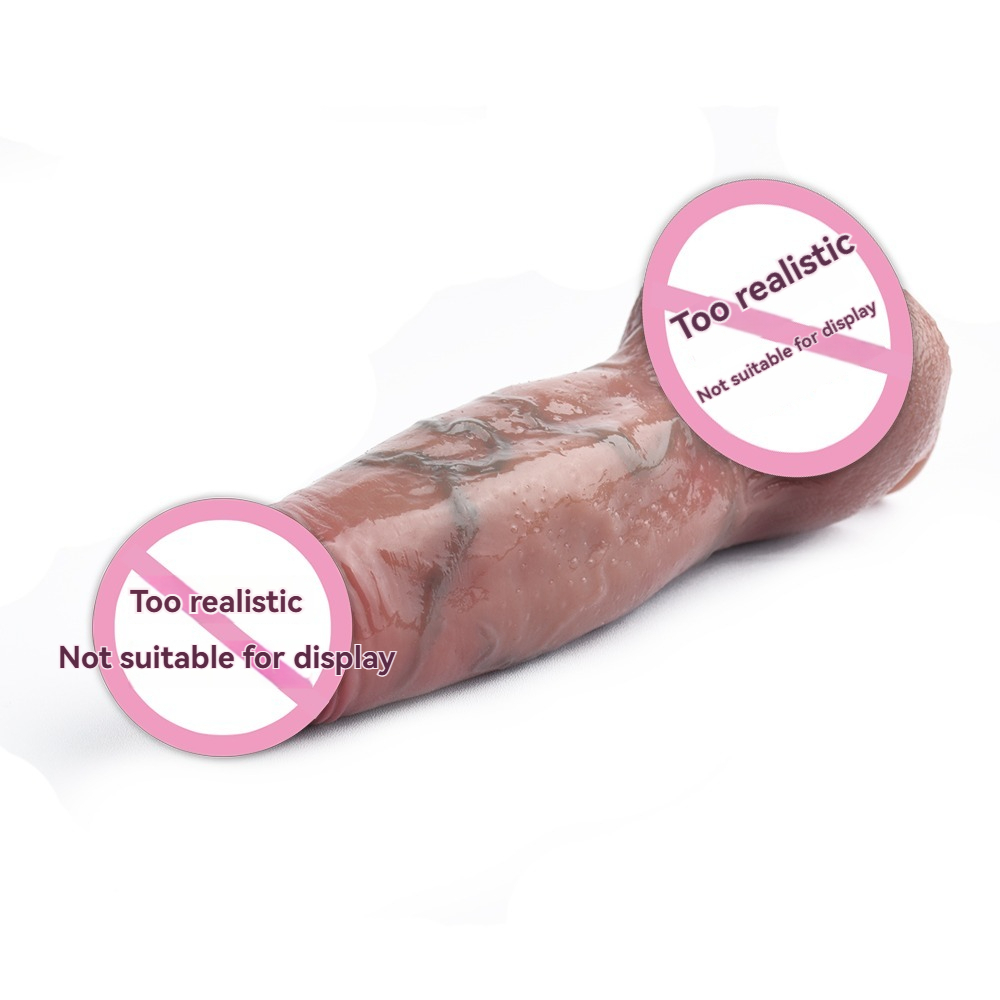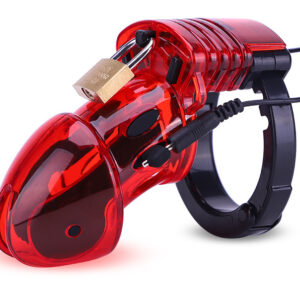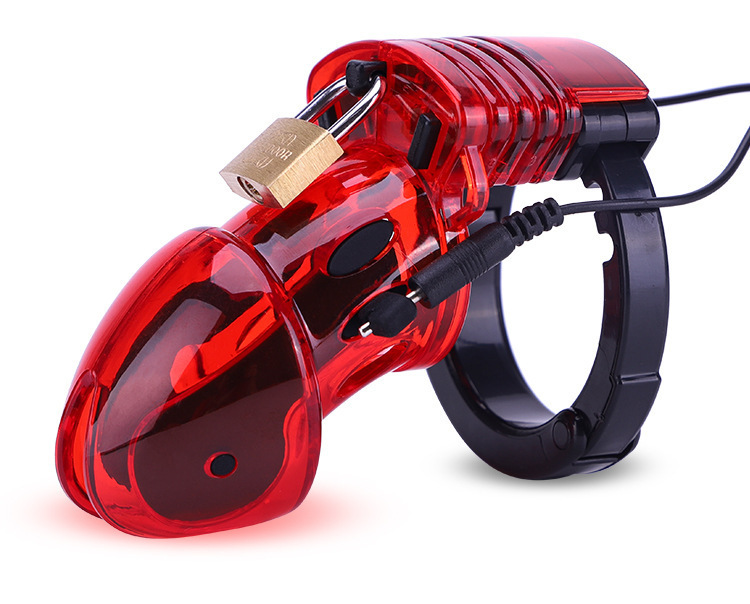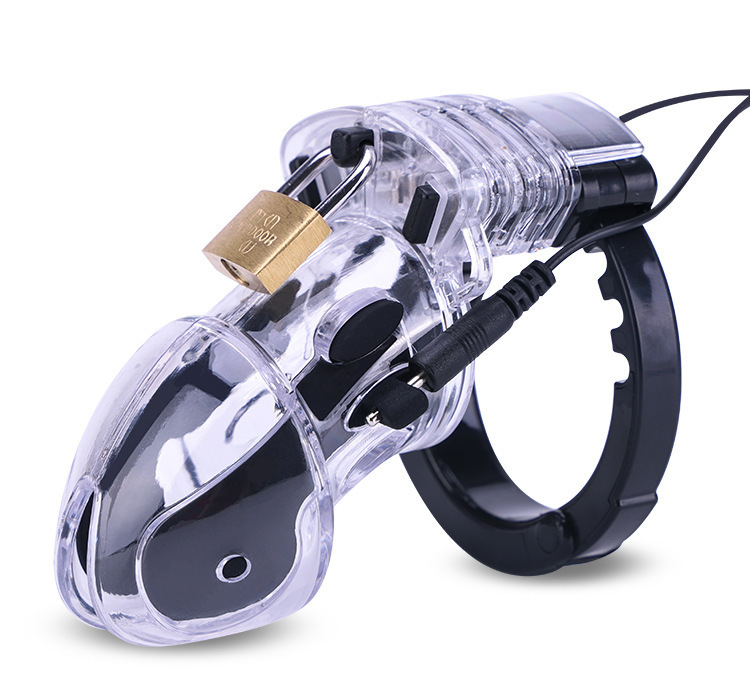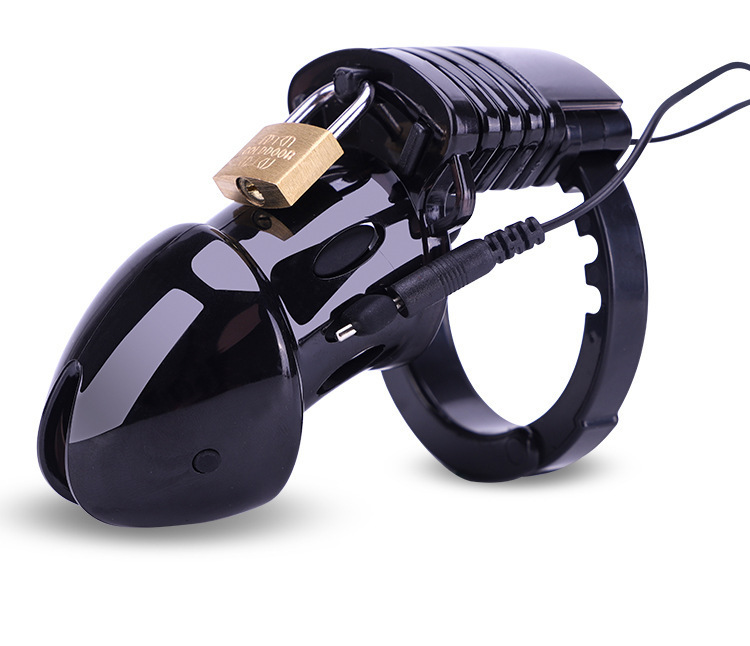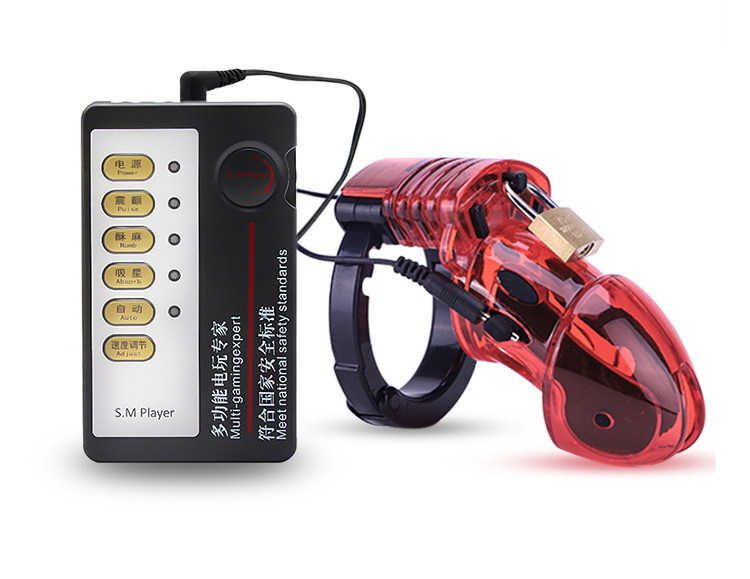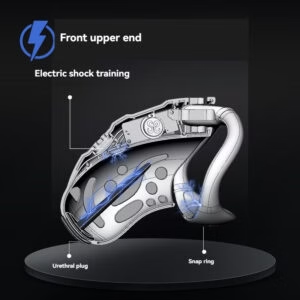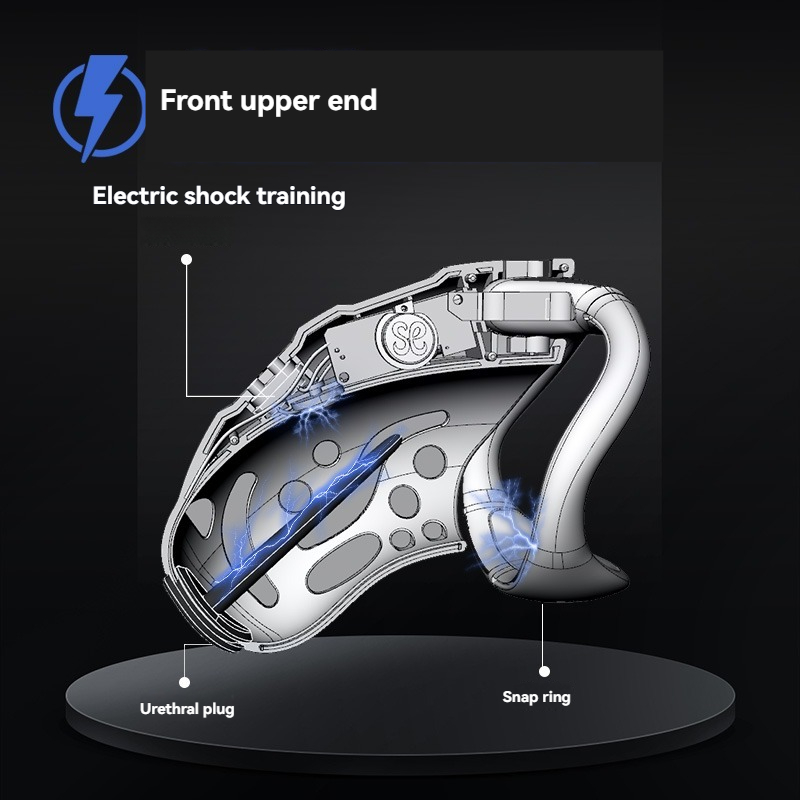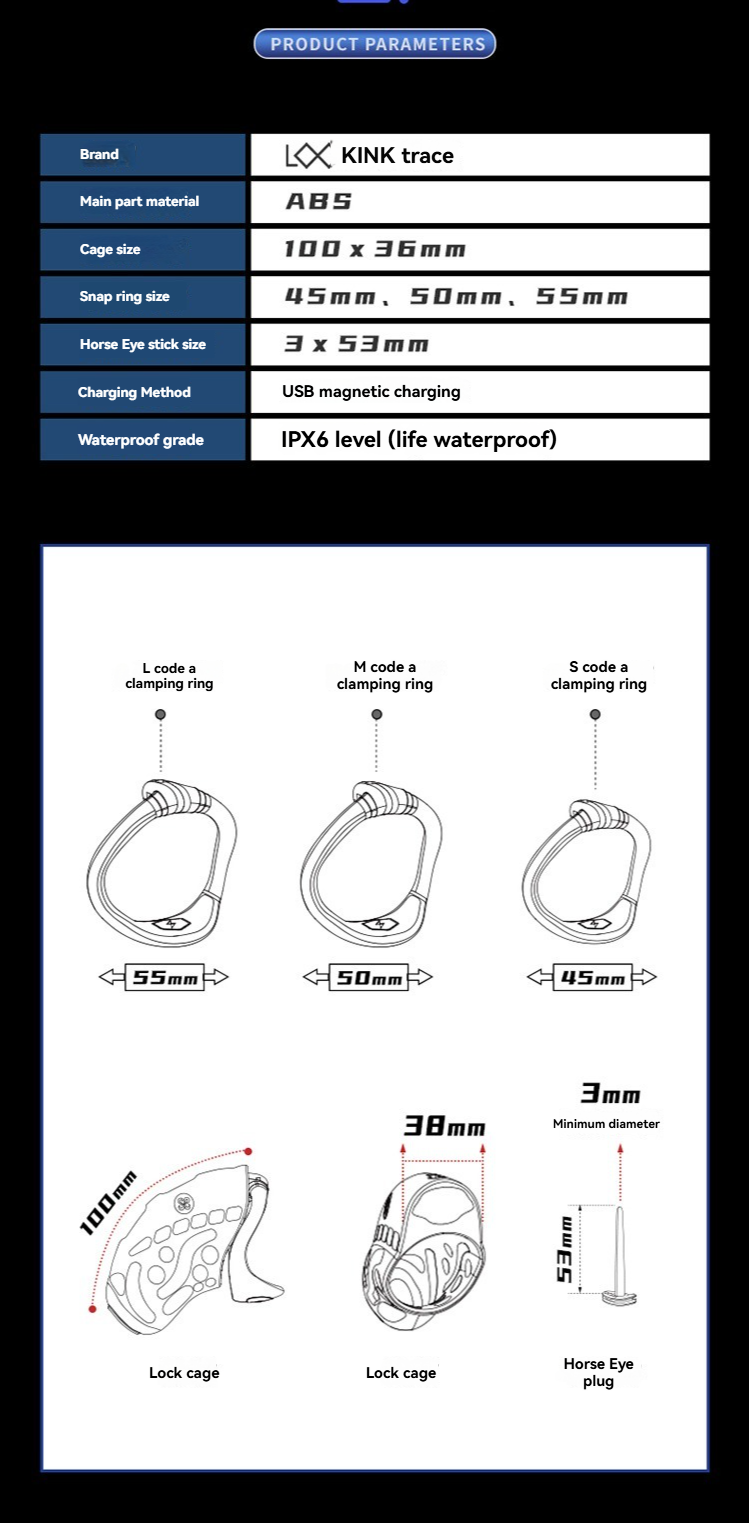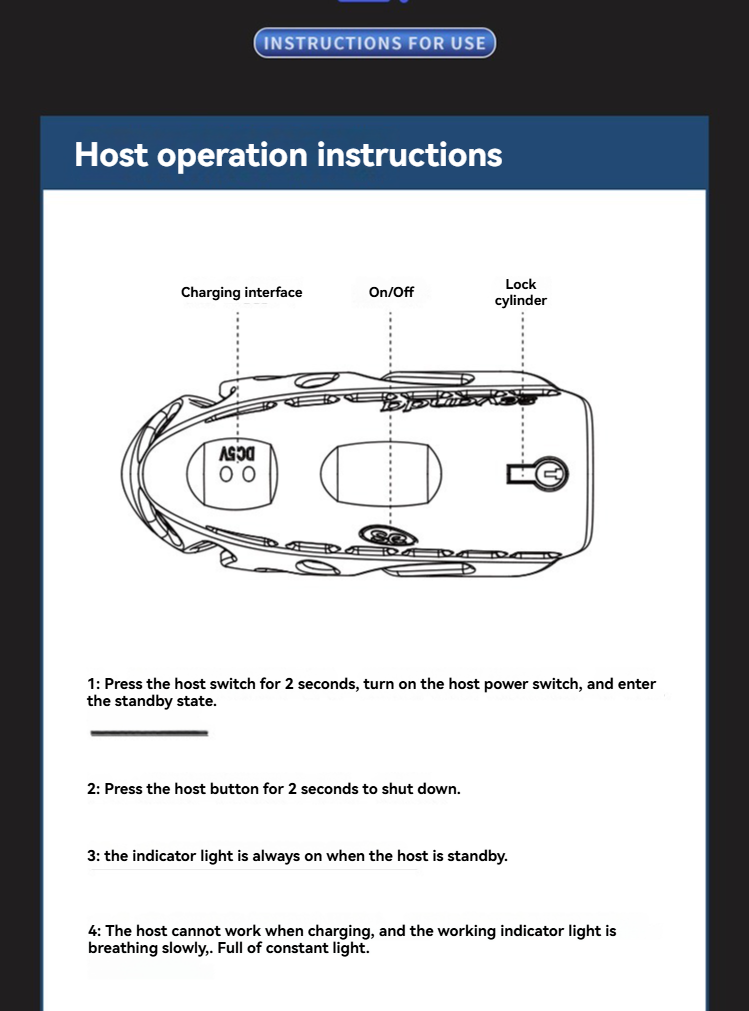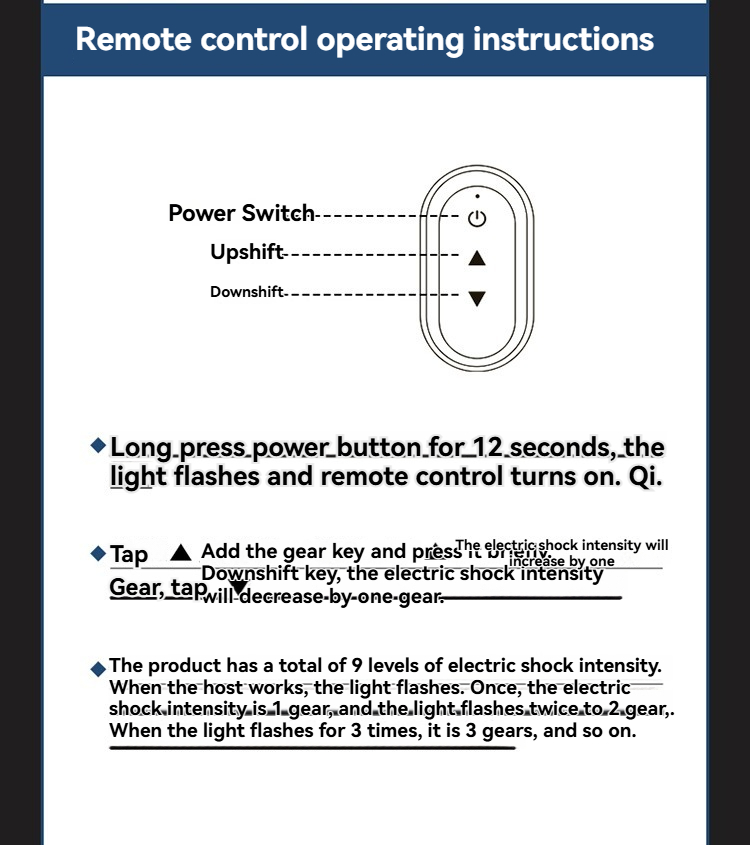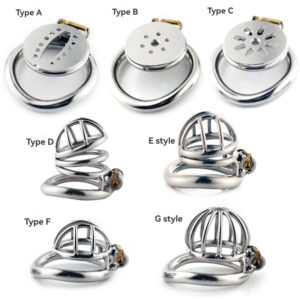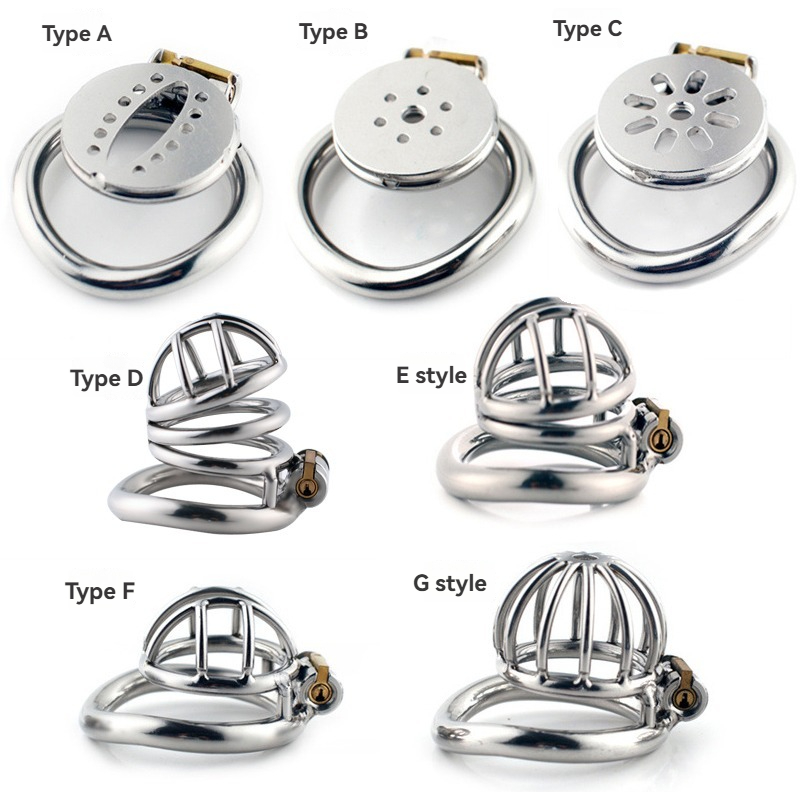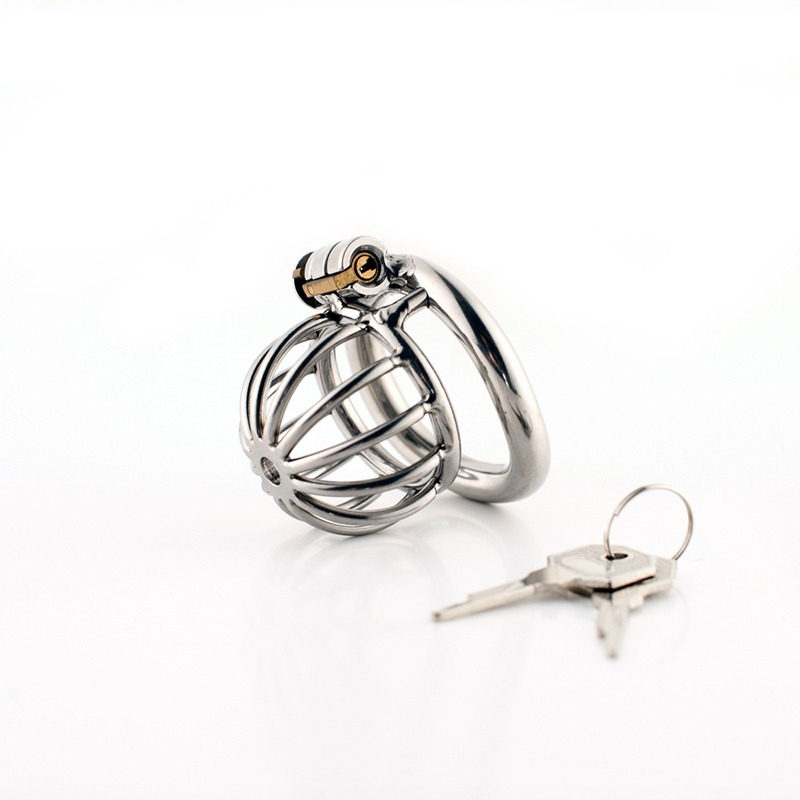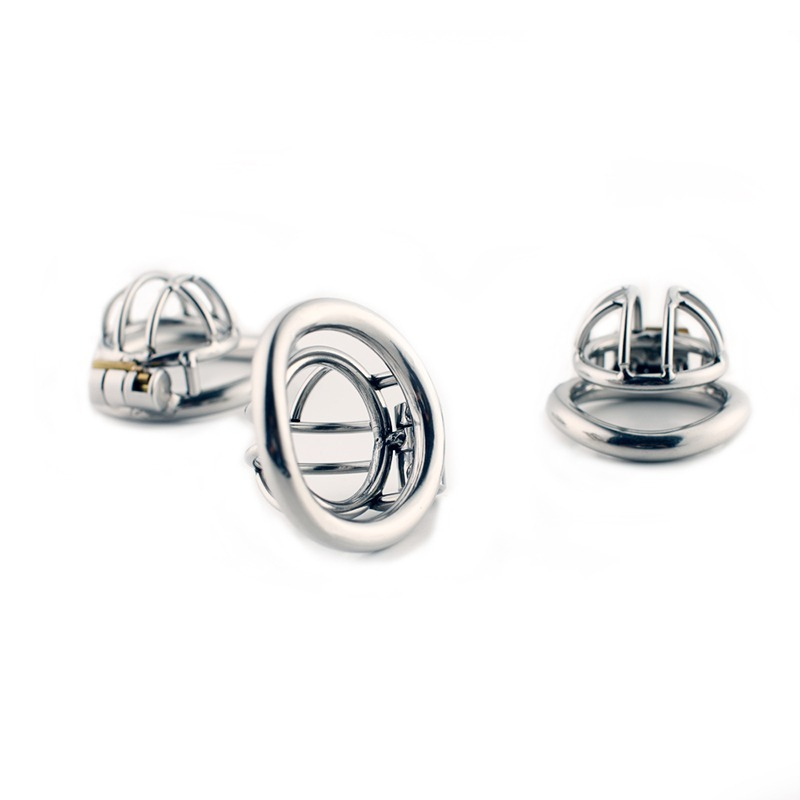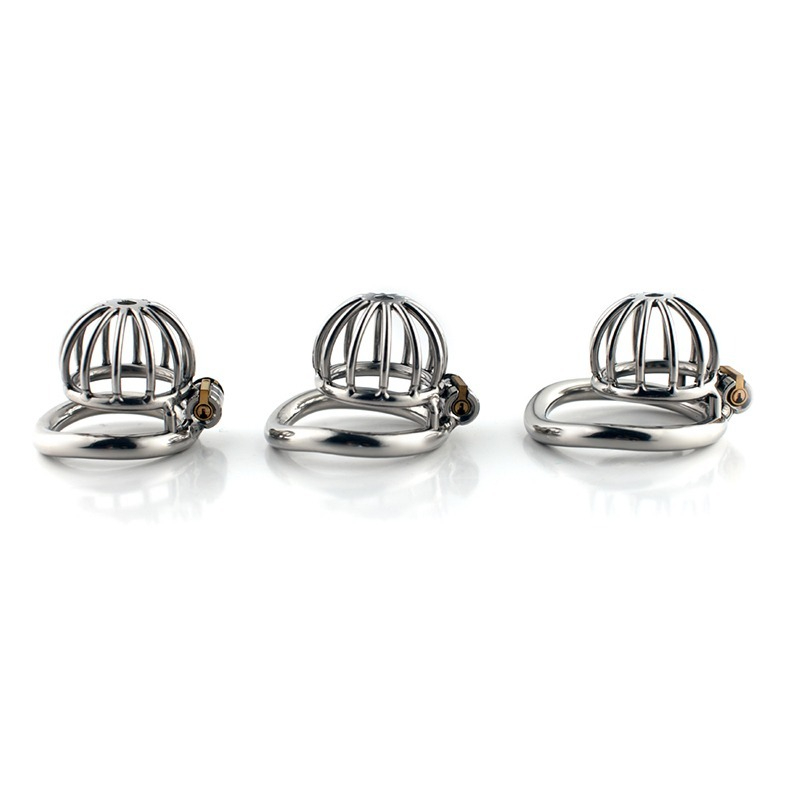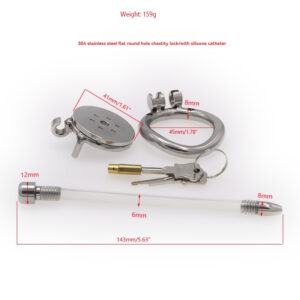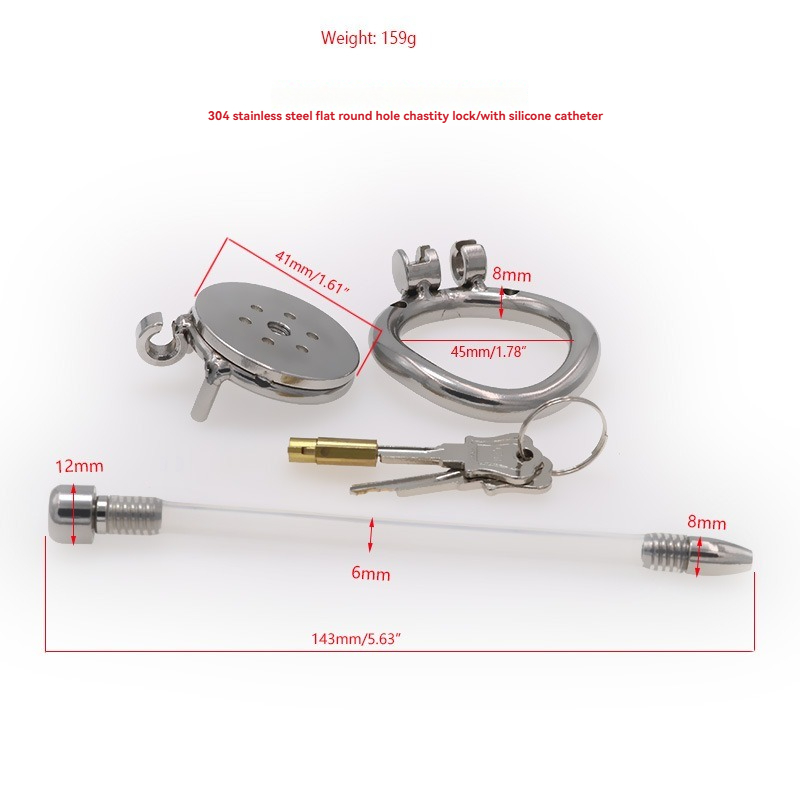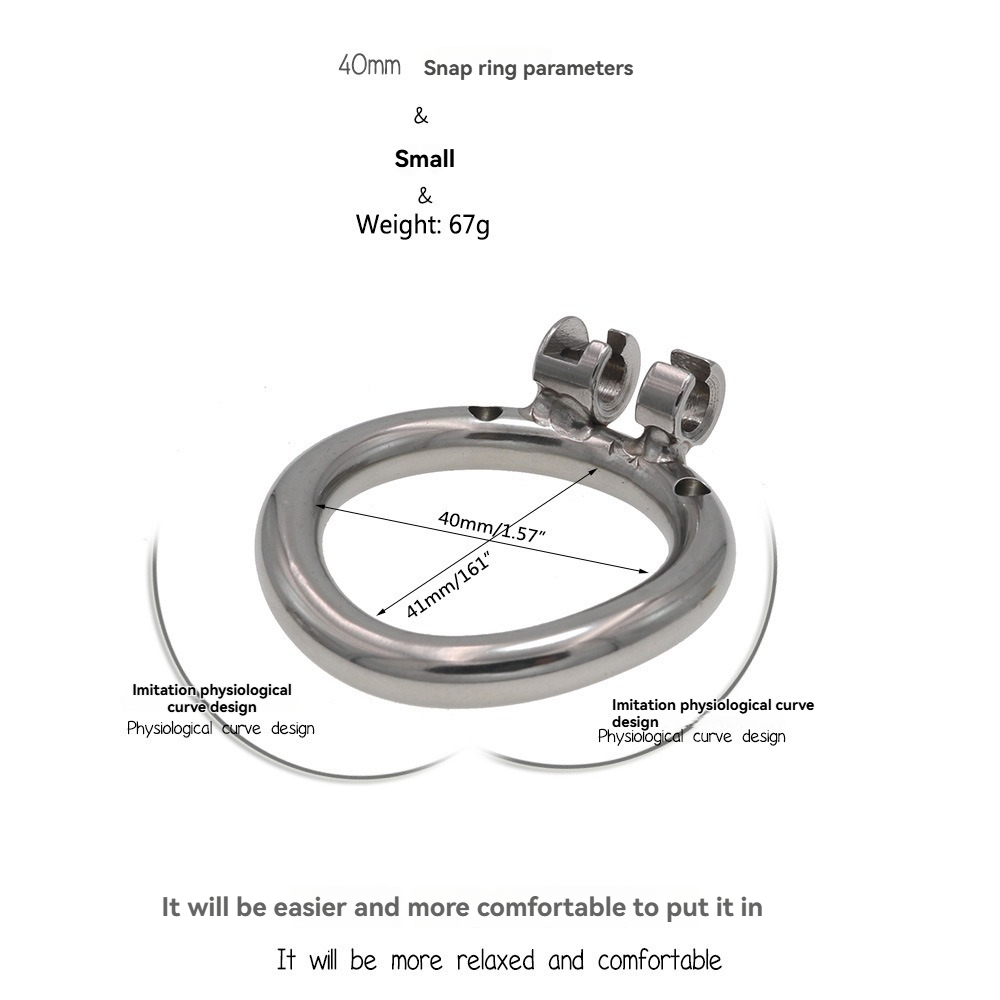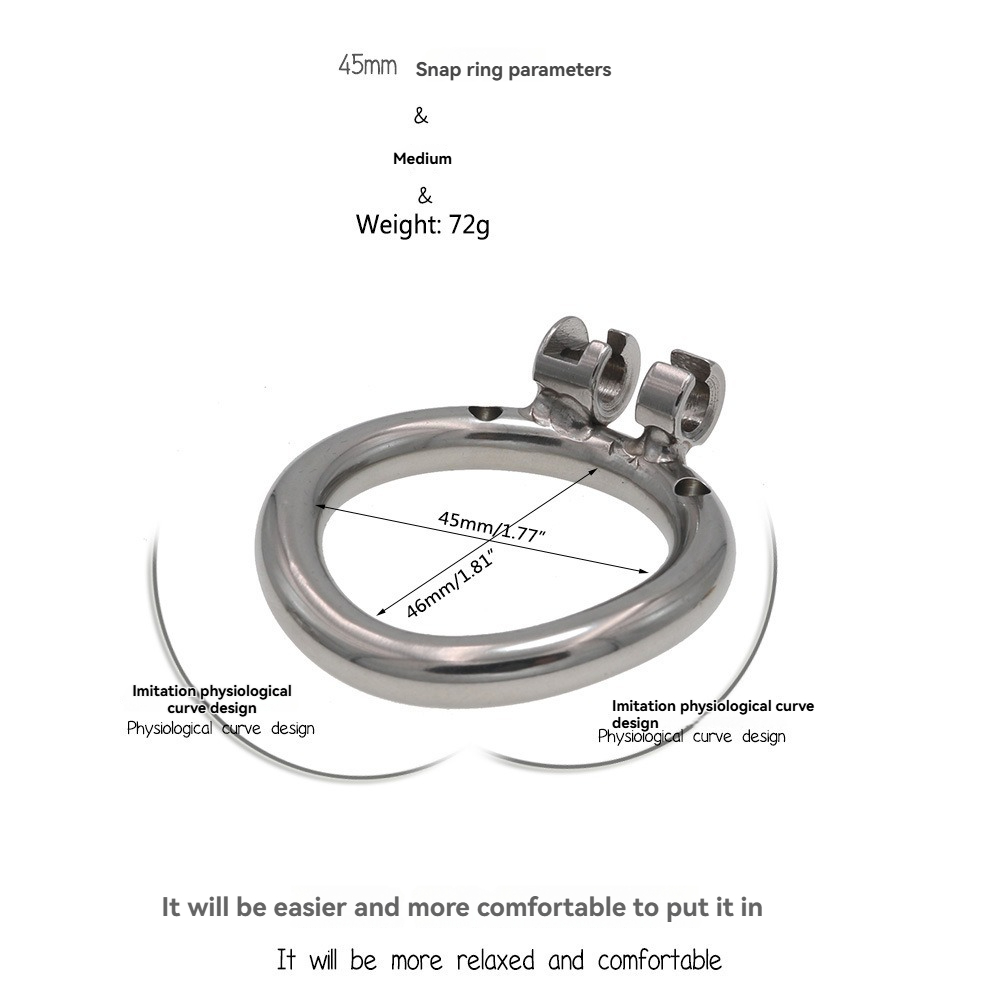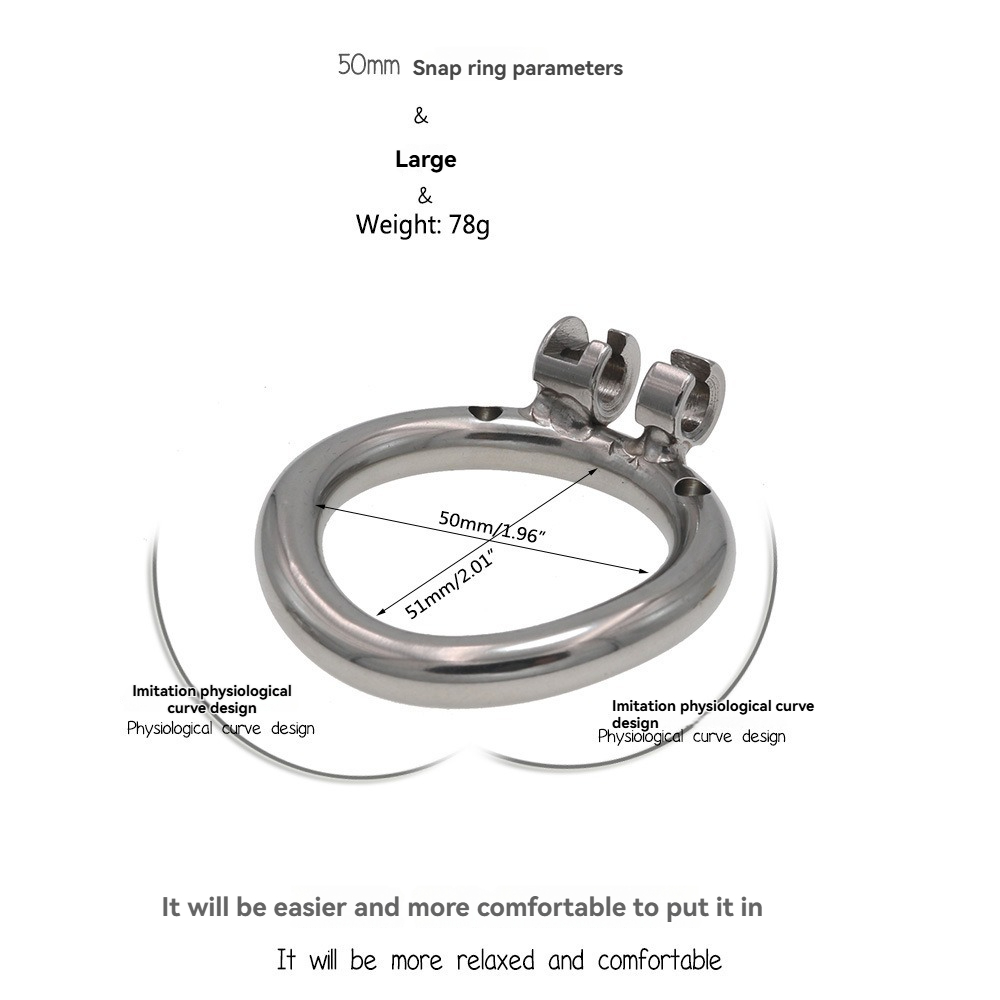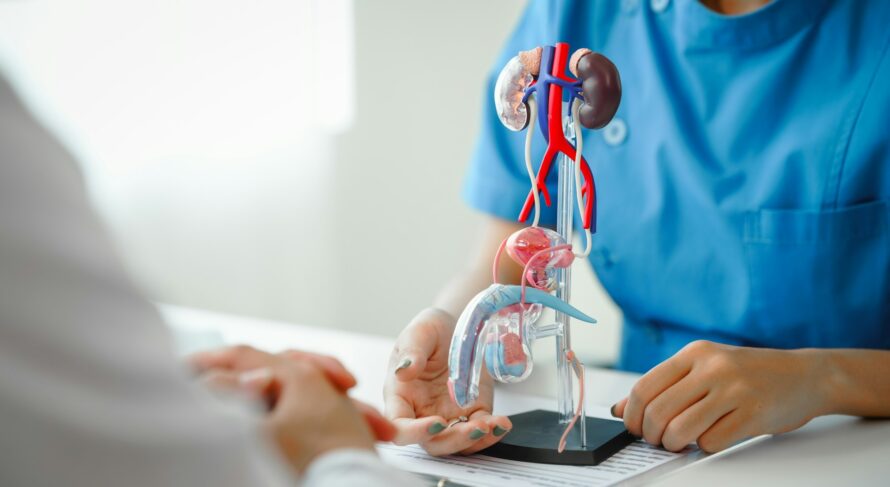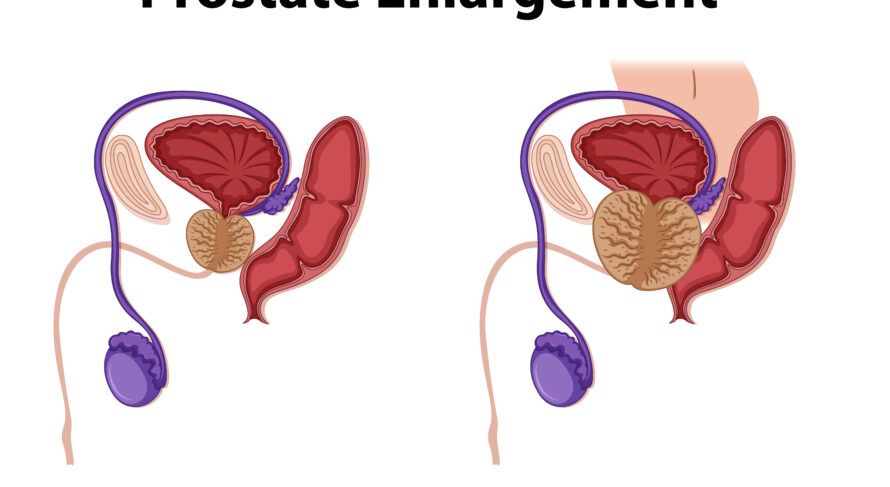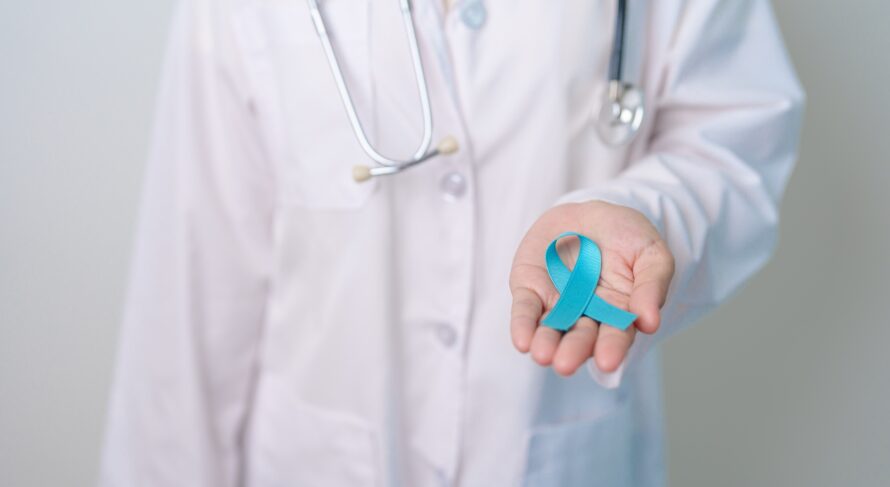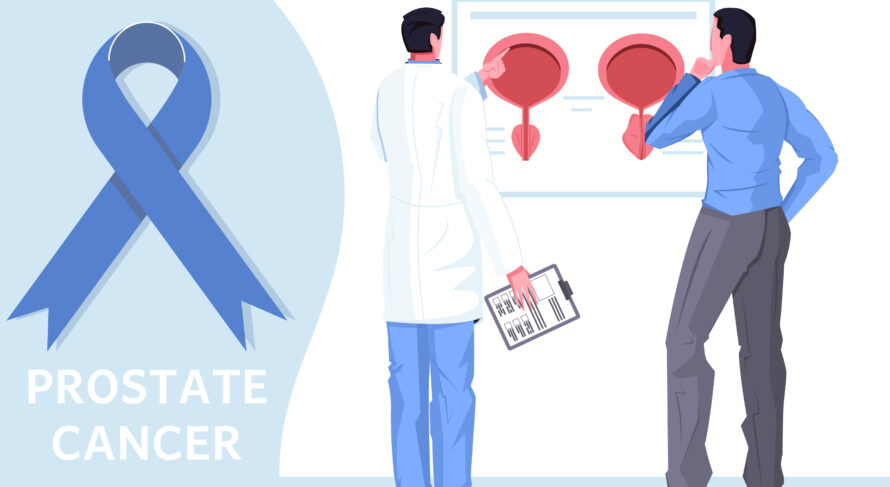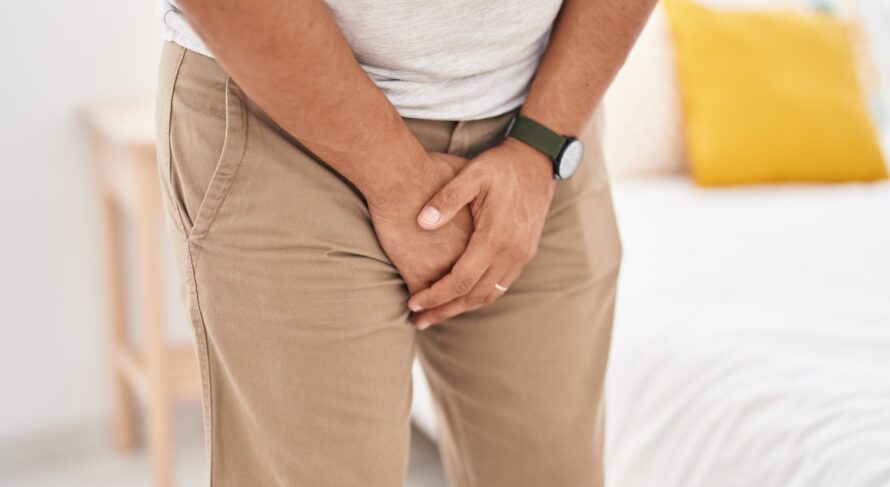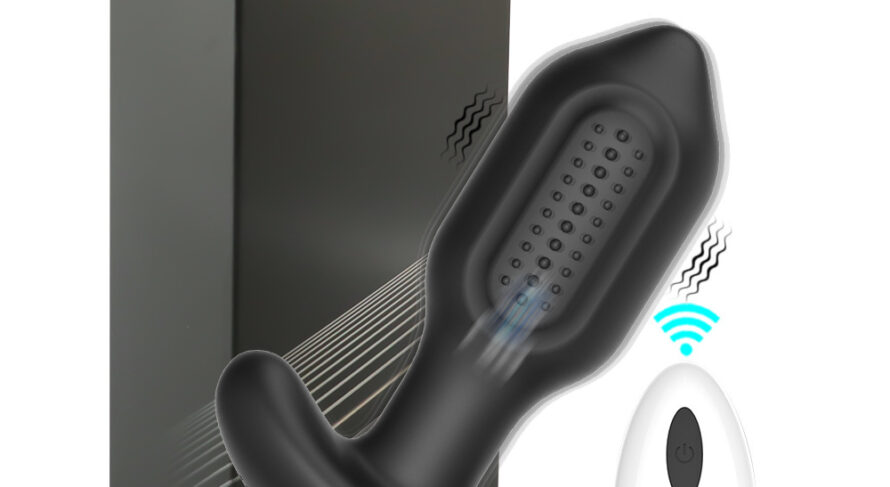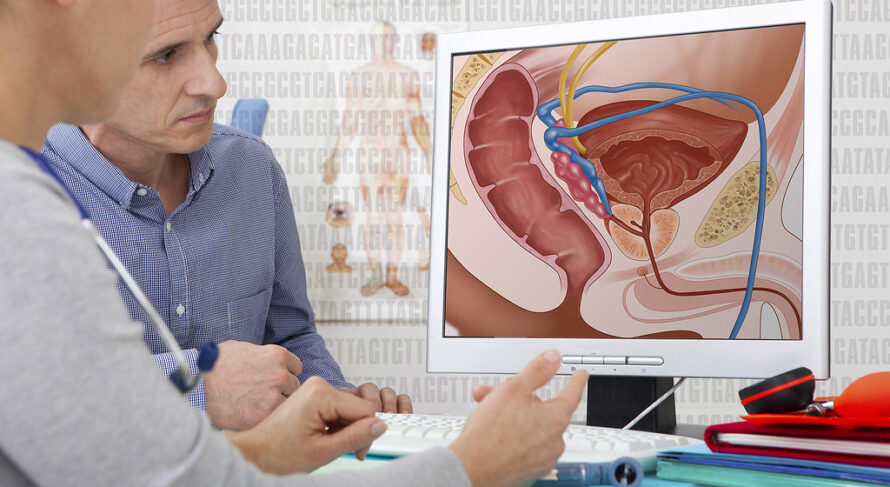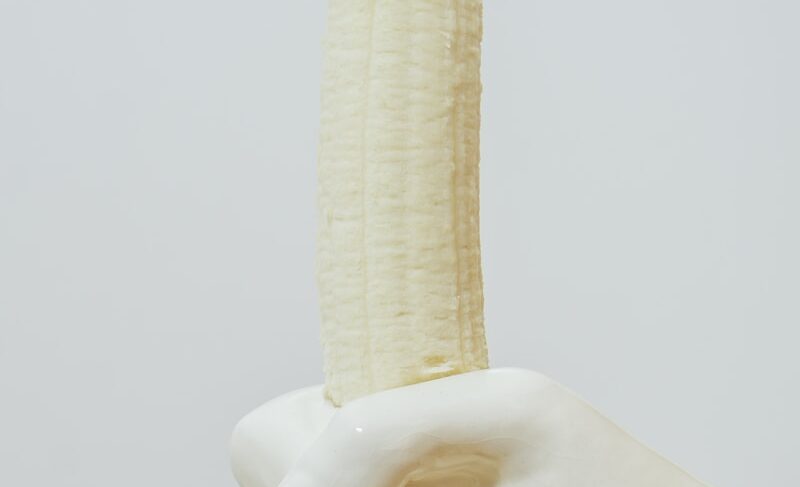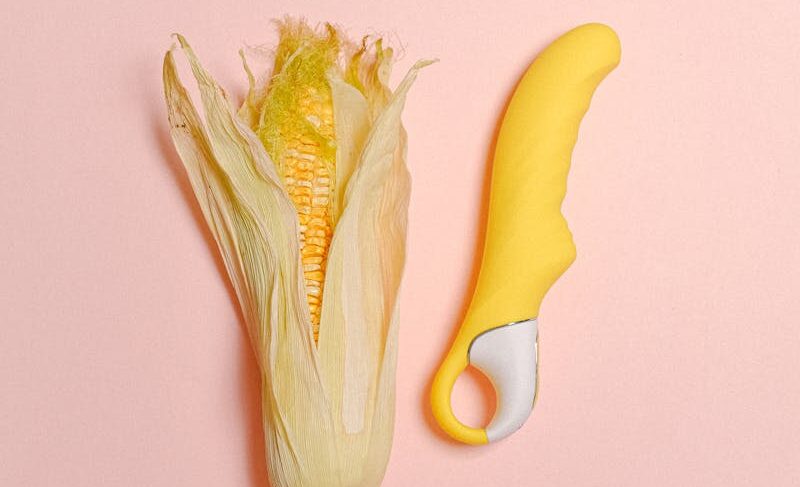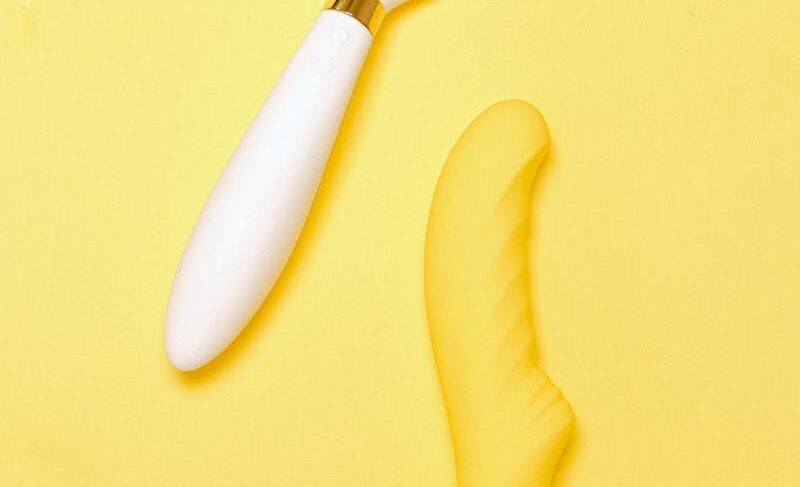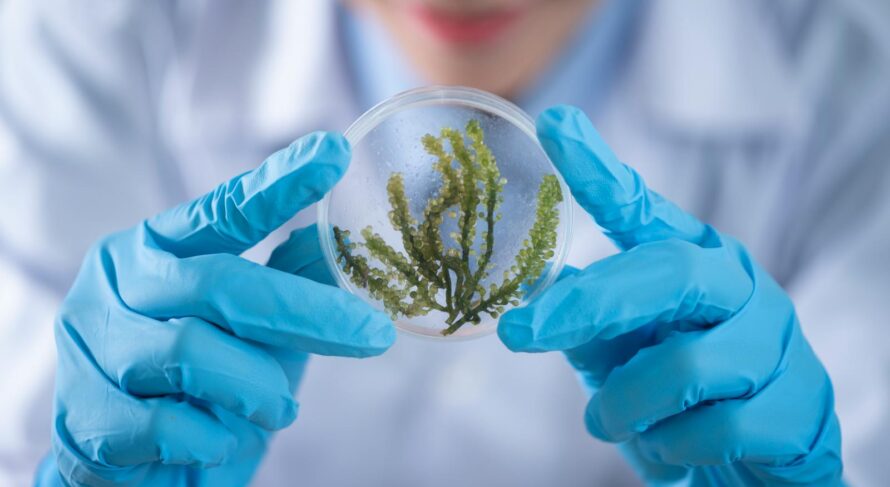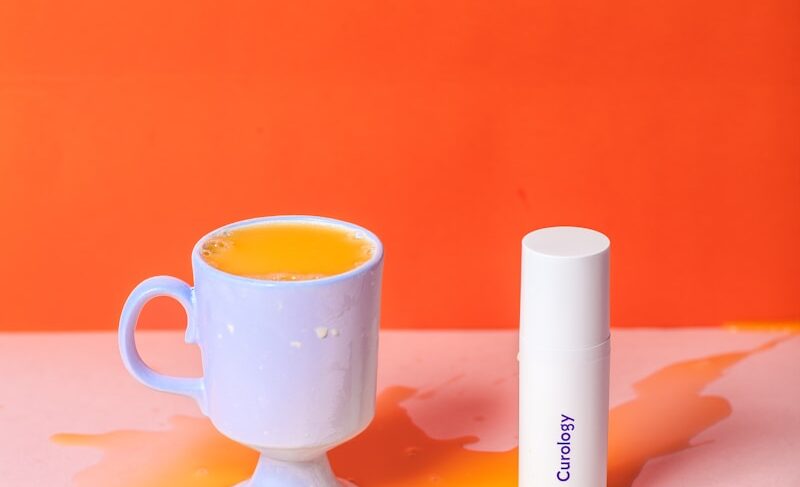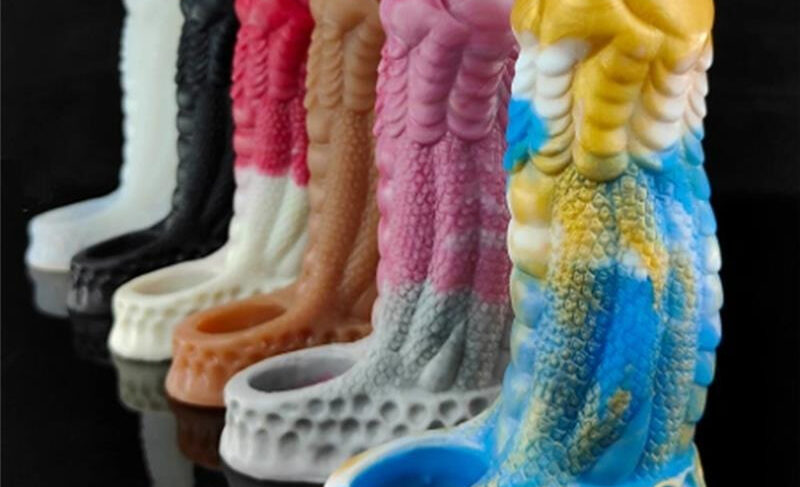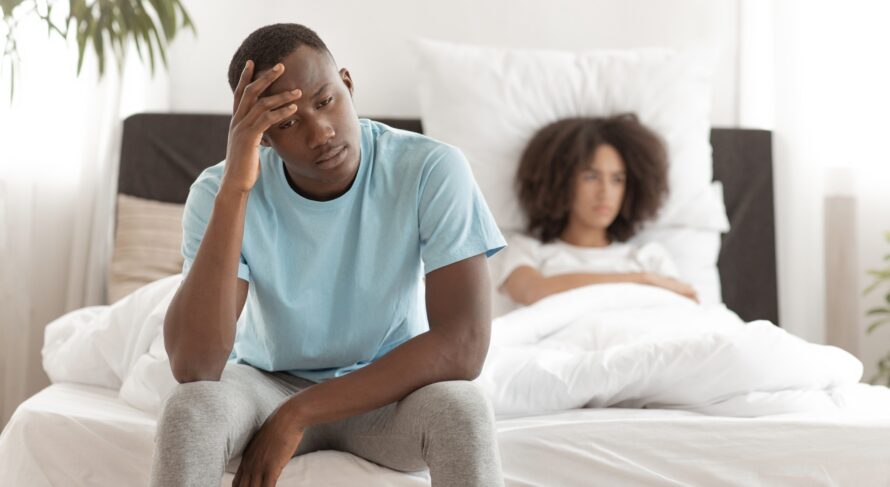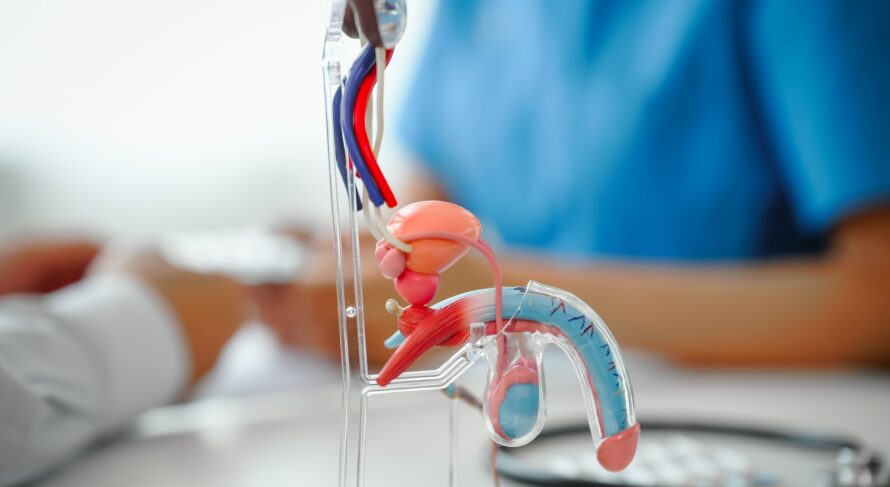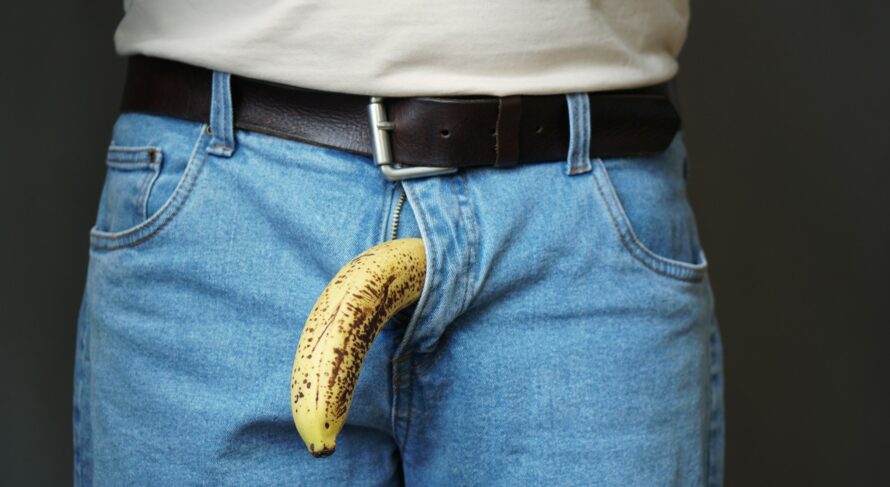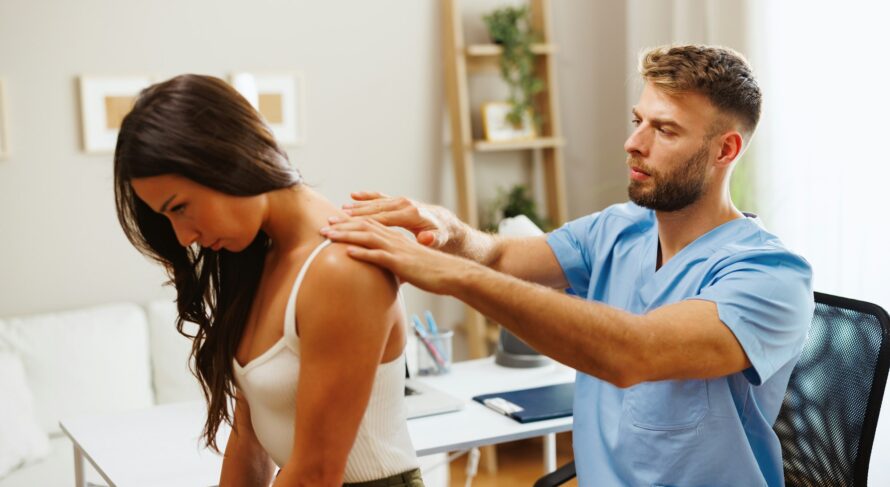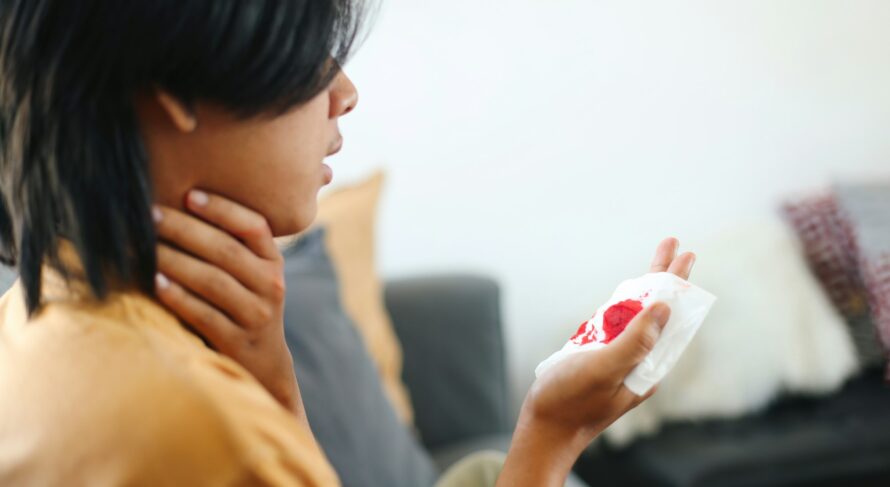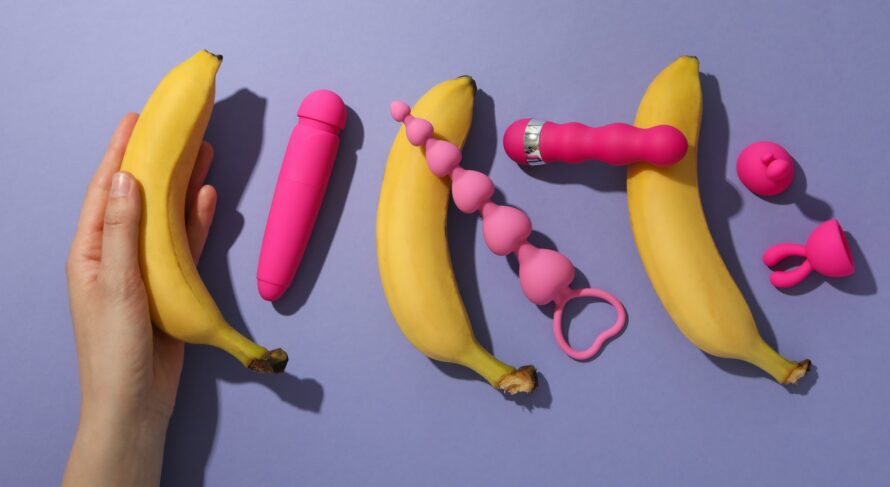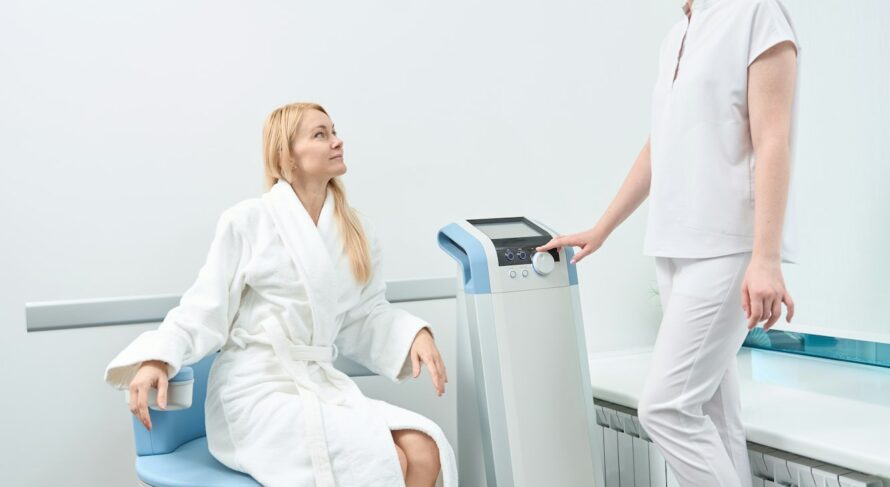Understanding Male Sexual Anatomy: Key Pleasure Points and Their Impact on Men’s Pleasure

Key Takeaways
- Comprehensive Understanding: Grasp the intricate details of male sexual anatomy to enhance sexual wellness and satisfaction.
- Key Pleasure Points: Identify and explore primary and secondary erogenous zones beyond the genitals, including the prostate.
- Neurological Insights: Learn how the brain and nervous system process sexual pleasure and their roles in sexual response.
- Debunking Myths: Address and correct common misconceptions about male pleasure to foster a more informed perspective.
- Practical Enhancement: Utilize anatomical knowledge and sex toys effectively to target specific pleasure points, enhancing overall sexual experience.
- Expert Resources: Access reputable sources and expert advice to further deepen your understanding and practice of sexual wellness.
Table of Contents
- Introduction
- Male Reproductive Anatomy
- Key Pleasure Points
- Neurological Pathways of Pleasure
- Common Misconceptions
- Enhancing Pleasure Through Knowledge
- Visual Comparison: Erogenous Zones
- FAQ
- Conclusion
- References
Introduction
Understanding male sexual anatomy is pivotal for enhancing sexual wellness and satisfaction. Despite the significant amount of information available, many men lack a comprehensive understanding of their own bodies, which can lead to missed opportunities for pleasure and unresolved sexual health issues. This comprehensive guide delves into the intricate details of the male reproductive system, identifying key pleasure points and exploring the neurological underpinnings of sexual pleasure. By fostering a deeper understanding of male sexuality, individuals and couples can improve their intimate experiences, address common sexual concerns, and debunk prevalent myths surrounding male pleasure.
At SexToyForYou.com, we are committed to providing resources and products that support your journey towards a fulfilling and informed sexual life. This article serves as an educational foundation to help you make informed choices about your sexual health and wellness, ultimately enhancing your overall quality of life.
Male Reproductive Anatomy
Detailed Description of Male Reproductive Organs
The male reproductive system comprises several key organs and structures, each playing a vital role in sexual function and reproduction. A thorough understanding of these components is essential for recognizing how each part contributes to sexual pleasure and overall health.
- Penis: The penis is the external organ responsible for sexual intercourse and urination. It consists of three main parts:
- Shaft: The elongated, cylindrical part of the penis, primarily composed of erectile tissue that becomes engorged with blood during arousal.
- Glans (Head): The highly sensitive tip of the penis, covered by the foreskin in uncircumcised males. The glans contains a dense concentration of nerve endings, making it a primary source of sexual pleasure.
- Foreskin (if present): A fold of skin that covers and protects the glans. In some cultures, circumcision (removal of the foreskin) is practiced for religious, cultural, or medical reasons.
- Scrotum: A pouch of skin that hangs below the penis, containing and protecting the testes. The scrotum plays a crucial role in regulating the temperature of the testes, ensuring optimal conditions for sperm production.
- Testes (Testicles): Glands located within the scrotum that produce sperm and testosterone, the primary male sex hormone. Testosterone influences male secondary sexual characteristics, such as muscle mass, body hair, and libido.
- Epididymis: A coiled tube situated atop each testis where sperm mature and are stored. The epididymis serves as a storage reservoir, allowing sperm to gain motility and viability before ejaculation.
- Vas Deferens: Tubes that transport mature sperm from the epididymis to the urethra. During ejaculation, the vas deferens contract to propel sperm forward.
- Seminal Vesicles: Paired glands located behind the bladder that produce seminal fluid, which constitutes a significant portion of semen. Seminal fluid provides nutrients and an optimal environment for sperm motility.
- Prostate Gland: A walnut-sized gland situated below the bladder and surrounding the urethra. The prostate produces a fluid that is a component of semen, contributing to its viscosity and facilitating sperm movement.
- Bulbourethral Glands (Cowper’s Glands): Small glands located beneath the prostate that secrete pre-ejaculate fluid. This fluid lubricates the urethra and neutralizes any residual acidity from urine, preparing the way for sperm passage.
Functions of Each Part
Each component of the male reproductive system has specific functions essential for sexual activity, reproduction, and overall sexual health:
- Penis:
- Erection: The penis becomes erect through the engorgement of erectile tissue with blood, primarily driven by sexual arousal. This rigidity is necessary for penetration during intercourse.
- Sexual Intercourse: The penis facilitates sexual intercourse by delivering sperm into the female reproductive tract, enabling fertilization.
- Urination: The urethra within the penis serves as the conduit for urine to exit the body, separate from its role in ejaculation.
- Scrotum:
- Temperature Regulation: The scrotum adjusts the distance of the testes from the body to maintain an optimal temperature for spermatogenesis (sperm production), typically cooler than core body temperature.
- Testes:
- Sperm Production: The testes contain seminiferous tubules where spermatogenesis occurs, producing sperm cells necessary for fertilization.
- Testosterone Secretion: Testosterone is vital for the development of male secondary sexual characteristics and maintaining libido and sexual function.
- Epididymis:
- Sperm Maturation: Sperm undergo maturation processes in the epididymis, gaining the ability to swim and fertilize an ovum.
- Sperm Storage: The epididymis stores mature sperm until ejaculation.
- Vas Deferens:
- Sperm Transport: During ejaculation, the vas deferens contract to move sperm from the epididymis towards the urethra, mixing with seminal fluid to form semen.
- Seminal Vesicles:
- Seminal Fluid Production: The seminal vesicles produce a nutrient-rich fluid that enhances sperm motility and viability, forming about 60-70% of semen volume.
- Prostate Gland:
- Prostatic Fluid Production: The prostate secretes a milky fluid that nourishes sperm and helps neutralize the acidity of the vaginal tract, increasing sperm survival rates.
- Bulbourethral Glands:
- Pre-Ejaculate Production: The bulbourethral glands release pre-ejaculate fluid to lubricate the urethra and provide a smoother passage for sperm during ejaculation.
Understanding the functions of each part of the male reproductive system lays the foundation for recognizing how each contributes to sexual pleasure and overall sexual health.

Key Pleasure Points
Primary Erogenous Zones
Erogenous zones are areas of the body that, when stimulated, can lead to sexual arousal and pleasure. Primary erogenous zones are directly involved in sexual pleasure and response, and their stimulation can lead to significant arousal and orgasm.
- Glans Penis: The glans is the most sensitive part of the penis, containing a high concentration of nerve endings. Stimulation of the glans during activities such as masturbation, oral sex, or intercourse can lead to intense sexual pleasure and is often crucial for achieving orgasm.
- Frenulum: The frenulum is a sensitive band of tissue located on the underside of the glans, where it meets the shaft. It is highly responsive to gentle stimulation, making it a key area for sexual pleasure. Many men experience heightened sensitivity and pleasure from stimulation of the frenulum during sexual activities.
- Testicles: Although not directly involved in the erection process, the testicles are sensitive to touch and can contribute to sexual arousal and pleasure. Gentle caresses, massages, or light squeezing can enhance overall sexual excitement. However, excessive pressure or rough handling can cause discomfort or pain, so gentle and mindful stimulation is recommended.
Secondary Erogenous Zones
Secondary erogenous zones are areas that, while not directly involved in sexual response, can enhance overall sexual pleasure when stimulated. These zones contribute to the buildup of sexual tension and can heighten arousal.
- Perineum: The perineum is the area between the scrotum and anus. It is rich in nerve endings and highly sensitive to touch, pressure, and vibration. Stimulating the perineum can enhance sexual arousal and contribute to stronger orgasms. Additionally, massaging the perineum can indirectly stimulate the prostate, further intensifying pleasure.
- Navel and Abdomen: Gentle stimulation around the navel and lower abdomen can increase arousal by activating sensory nerves. Light touches, kisses, or massages in these areas can enhance the overall sexual experience and contribute to the buildup of sexual tension.
- Inner Thighs: The inner thighs are sensitive to touch and can heighten anticipation and desire. Caresses, kisses, or gentle pressure in this area can increase arousal by drawing attention to the genital region.
- Neck and Ears: The neck and ears are highly sensitive to touch, kissing, and gentle nibbling. Stimulation in these areas can amplify sexual excitement by triggering the release of feel-good hormones and enhancing emotional intimacy.
- Buttocks: The buttocks contain numerous nerve endings and can be a source of pleasure when stimulated through touch, massage, or light spanking. Incorporating playful or sensual stimulation of the buttocks can diversify sexual experiences and contribute to overall satisfaction.
The Prostate and Its Role in Sexual Pleasure
The prostate gland, often referred to as the male G-spot, is a key internal pleasure point for many men. Located internally, the prostate can be stimulated through the rectal wall, leading to intense sexual pleasure and even multiple orgasms.
- Location and Anatomy: The prostate is situated just below the bladder and surrounds the urethra. It can be accessed externally via the perineum or internally through the rectum. Due to its internal position, prostate stimulation requires careful and gentle handling to avoid discomfort.
- Health Benefits: Beyond pleasure, prostate massage has been associated with various health benefits. Regular stimulation of the prostate can improve blood flow, reduce the risk of prostate-related conditions such as prostatitis (inflammation of the prostate), and enhance overall prostate health (Mogilner & Prause, 2019).
- Sexual Satisfaction: Prostate stimulation can lead to more intense orgasms and the possibility of experiencing multiple orgasms without ejaculation. This form of stimulation often results in a deeper sense of pleasure and fulfillment compared to traditional penile stimulation alone.
- Sex Toy Integration: Prostate massagers and specialized sex toys are designed to target the prostate effectively. These devices typically feature ergonomic designs that allow for comfortable internal insertion and precise stimulation of the prostate. Incorporating these tools into one’s sexual routine can enhance both pleasure and prostate health.
Understanding and exploring prostate stimulation can significantly enhance sexual satisfaction and contribute to overall sexual wellness. However, it is essential to approach prostate massage with care, ensuring proper hygiene and gentle techniques to maximize benefits and minimize discomfort.

Neurological Pathways of Pleasure
Brain Processing of Sexual Pleasure
Sexual pleasure is a complex interplay between the brain and the body, involving multiple regions and neurotransmitters that work in harmony to create the sensation of pleasure and arousal.
- Limbic System: The limbic system, particularly the amygdala and hippocampus, is responsible for processing emotions and motivation. During sexual arousal, the limbic system activates, driving the desire for sexual activity and influencing emotional responses to sexual stimuli.
- Hypothalamus: The hypothalamus plays a critical role in regulating hormonal responses and autonomic functions during sexual activity. It releases hormones such as oxytocin and vasopressin, which are associated with bonding, intimacy, and pleasure (Georgiadis & Kringelbach, 2012).
- Prefrontal Cortex: The prefrontal cortex is involved in decision-making, impulse control, and rational thought. It helps modulate sexual behavior by balancing desire with social and personal constraints.
During sexual stimulation, the brain releases neurotransmitters that enhance pleasure and reward sensations. Dopamine, often referred to as the “feel-good” neurotransmitter, increases feelings of pleasure and motivation, reinforcing the desire for continued sexual activity. Oxytocin, known as the “bonding hormone,” fosters emotional connections and intimacy between partners (Georgiadis & Kringelbach, 2012).
Connection Between the Nervous System and Sexual Response
The autonomic nervous system (ANS) governs the physiological aspects of sexual response, including erection, ejaculation, and orgasm. The ANS consists of two main branches: the parasympathetic nervous system (PNS) and the sympathetic nervous system (SNS).
- Parasympathetic Nervous System (PNS): The PNS is responsible for initiating the erection process by increasing blood flow to the penis. It promotes relaxation and arousal, laying the groundwork for sexual activity.
- Sympathetic Nervous System (SNS): The SNS triggers ejaculation and orgasm by signaling the muscles involved in these processes to contract. It prepares the body for the intense physical sensations associated with climax.
Neurological Pathways: Nerve endings in the genital and secondary erogenous zones transmit sensory information to the brain, facilitating the overall experience of sexual pleasure. These signals travel through the spinal cord to various brain regions, where they are processed and interpreted as pleasurable sensations.
Impact of Nerve Damage: Damage to these nerves, whether through injury, surgery, or medical conditions such as diabetes, can significantly impact sexual function and pleasure. Conditions like neuropathy can reduce sensitivity in erogenous zones, leading to decreased arousal and difficulty achieving orgasm (Skevas et al., 2015). Understanding the neurological pathways involved in sexual response is crucial for addressing and managing sexual dysfunctions effectively.
Common Misconceptions
Debunking Myths About Male Pleasure
Understanding male sexual anatomy helps dispel several myths that can hinder sexual satisfaction. Addressing these misconceptions fosters a more holistic and informed approach to male sexual wellness, encouraging men to explore diverse avenues of pleasure without undue pressure or stigma.
- Myth 1: Men Should Always Have a High LibidoReality: Libido varies significantly among individuals and can fluctuate due to numerous factors such as stress, health, hormonal levels, age, and lifestyle. Expecting a consistently high libido can lead to unnecessary pressure and anxiety. Recognizing that libido is dynamic allows for a more compassionate and realistic approach to sexual health (Baumeister, 2015).
- Myth 2: Men Are Primarily Focused on Penile StimulationReality: While penile stimulation is a significant source of pleasure, many men also derive substantial satisfaction from secondary erogenous zones and emotional intimacy. Areas like the perineum, prostate, inner thighs, neck, and ears contribute to overall sexual fulfillment. Emotional connection and variety in stimulation play crucial roles in enhancing sexual experiences (Georgiadis & Kringelbach, 2012).
- Myth 3: Prostate Stimulation Is Uncomfortable or PainfulReality: When performed correctly, prostate stimulation can be pleasurable and even therapeutic. Proper techniques, relaxation, and the use of appropriate sex toys can make prostate massage a comfortable and enjoyable experience. Misconceptions about discomfort often stem from lack of knowledge or improper methods. Education and gradual exploration can transform prostate stimulation into a source of intense pleasure (Mogilner & Prause, 2019).
- Myth 4: Masturbation Is Harmful to Men’s HealthReality: Masturbation is a natural and healthy aspect of sexual wellness. It can provide numerous physical and mental health benefits, including stress relief, improved sexual function, and enhanced self-awareness. When practiced safely and without compulsion, masturbation is a beneficial part of a balanced sexual life (Skevas et al., 2015).
- Myth 5: All Men Experience Orgasm the Same WayReality: Sexual experiences, including orgasms, vary widely among men. Factors such as individual physiology, emotional state, and stimulation techniques influence how orgasms are experienced. Recognizing and respecting these differences allows men to tailor their sexual practices to what feels most pleasurable and fulfilling for them.
By debunking these myths, men can adopt a more informed and empowered approach to their sexual health, leading to enhanced satisfaction and overall well-being.
Enhancing Pleasure Through Knowledge
Practical Tips for Leveraging Anatomical Knowledge
- Explore Various Erogenous Zones:Incorporate stimulation of both primary and secondary erogenous zones to enhance overall sexual pleasure. For example, combining penile stimulation with perineal massages or gentle touches to the neck can create a more comprehensive and fulfilling sexual experience.
- Communicate with Partners:Open dialogue about preferences and sensitivities can improve mutual satisfaction and intimacy. Discussing which areas feel pleasurable or uncomfortable helps partners tailor their actions to each other’s needs, fostering a more connected and enjoyable sexual relationship.
- Educate Yourself:Understanding the functions and sensitivities of different anatomical parts can guide effective stimulation techniques. Reading reputable sources, attending workshops, or consulting sexual health professionals can deepen your knowledge and enhance your ability to experience pleasure.
- Practice Mindfulness:Being present and attentive during sexual activity can heighten sensory experiences and pleasure. Mindfulness techniques, such as focusing on breathing or the sensations of touch, can increase awareness and enjoyment of each moment.
- Vary Stimulation Techniques:Experiment with different types of touch, pressure, and rhythms to discover what feels best for you. Varying stimulation can prevent habituation and keep sexual experiences exciting and pleasurable.
- Use Lubrication:Proper lubrication can enhance comfort and pleasure during sexual activities. Whether through natural bodily fluids or high-quality lubricants available at SexToyForYou.com, lubrication reduces friction and allows for smoother, more enjoyable stimulation.
Role of Sex Toys in Targeting Specific Areas
Sex toys can play a significant role in enhancing sexual pleasure by targeting specific pleasure points with precision. They offer a variety of functionalities that can cater to individual preferences and needs, making them valuable tools for both solo and partnered sexual activities.
- Vibrators:Vibrators provide consistent and adjustable stimulation to sensitive areas like the glans penis and perineum. The varying vibration patterns and intensities allow users to customize their experience, enhancing pleasure and facilitating orgasm.
- Prostate Massagers:Designed specifically to reach and stimulate the prostate, these devices offer intense internal pleasure and potential health benefits. Prostate massagers typically feature ergonomic shapes and flexible materials to ensure comfortable insertion and effective stimulation.
- Sleeves and Masturbators:These devices enhance penile stimulation with varied textures, ribbed interiors, and sometimes integrated vibrations. They simulate different sensations, increasing arousal and satisfaction during masturbation.
- Remote-Controlled Devices:Remote-controlled sex toys allow for interactive and varied stimulation, especially useful in partnered play. They enable partners to control the intensity and patterns of stimulation, adding an element of surprise and excitement to sexual activities.
- Cock Rings:Cock rings are designed to restrict blood flow out of the penis, maintaining erection strength and duration. Some models incorporate vibrations or other features to enhance stimulation for both partners.
Integration with Sex Toys: Incorporating sex toys into your sexual routine can be done by identifying your key pleasure points and selecting toys designed to target those areas. Start with simpler devices like vibrators or sleeves, and gradually explore more specialized toys like prostate massagers. Communication with your partner and experimenting with different toys can help you discover what works best for enhancing your sexual experience.
At SexToyForYou.com, we offer a curated selection of high-quality sex toys designed to target key pleasure points effectively, ensuring a fulfilling and personalized sexual experience. Our products are made from body-safe materials, designed for both comfort and maximum pleasure, catering to a wide range of preferences and needs.
Visual Comparison: Erogenous Zones
Understanding the various erogenous zones and their sensitivity levels can guide effective stimulation techniques. The following table provides a comparison of key erogenous zones, their locations, sensitivity levels, and recommended stimulation methods.
| Erogenous Zone | Location | Sensitivity Level | Recommended Stimulation |
|---|---|---|---|
| Glans Penis | Head of penis | High | Direct touch, vibration |
| Frenulum | Beneath glans | High | Gentle stimulation, vibration |
| Perineum | Between scrotum and anus | Moderate to High | Massage, pressure, vibration |
| Testicles | Scrotum | Moderate | Gentle squeezing, massage |
| Inner Thighs | Inner thigh area | Low to Moderate | Light touch, caressing |
| Necks and Ears | Neck and ears | Moderate to High | Kissing, nibbling, gentle caresses |
| Buttocks | Buttocks | Moderate | Tactile stimulation, massage |
| Navel and Abdomen | Around navel and lower abdomen | Low to Moderate | Gentle touching, kissing |
| Prostate | Internal (via rectum) | High | Prostate massagers, gentle pressure |
Table 1: Comparison of Key Erogenous Zones and Recommended Stimulation Methods
This visual comparison serves as a practical guide for identifying and stimulating various erogenous zones, enhancing overall sexual satisfaction and pleasure.
FAQ
1. What Are the Most Sensitive Areas for Male Pleasure Beyond the Genitals?
Beyond the genitals, key sensitive areas for male pleasure include the perineum, prostate, inner thighs, neck, and ears. Stimulating these areas can enhance overall sexual satisfaction and contribute to more intense orgasms. For example, massaging the perineum can indirectly stimulate the prostate, while gentle touches to the neck and ears can heighten arousal by triggering the release of feel-good hormones (Mogilner & Prause, 2019).
2. Is Prostate Massage Safe and Beneficial for Everyone?
Prostate massage is generally safe when performed correctly, either manually or with appropriate sex toys. It can offer benefits such as enhanced sexual pleasure, improved prostate health, and relief from certain prostate-related conditions like prostatitis. However, individuals with specific medical conditions, such as active prostate infections, hemorrhoids, or severe cardiovascular issues, should consult a healthcare professional before attempting prostate stimulation. Proper hygiene and the use of lubricants are essential to minimize the risk of infection or discomfort (Skevas et al., 2015).
3. How Can I Incorporate Sex Toys to Enhance My Sexual Experience?
Incorporating sex toys into your sexual routine involves identifying your key pleasure points and selecting toys designed to target those areas. Start with simpler devices like vibrators or sleeves, and gradually explore more specialized toys like prostate massagers. Communication with your partner is crucial to ensure mutual comfort and enjoyment. Experimenting with different toys and stimulation techniques can help you discover what works best for enhancing your sexual experience. At SexToyForYou.com, we offer a wide range of sex toys tailored to various preferences and needs, ensuring you find the perfect fit for your intimate activities.
4. Can Understanding Male Sexual Anatomy Improve My Sexual Relationships?
Absolutely. A comprehensive understanding of male sexual anatomy can lead to better communication and more fulfilling sexual relationships. By knowing which areas are most sensitive and how to stimulate them effectively, you can enhance your partner’s pleasure and satisfaction. Additionally, this knowledge can help address sexual dysfunctions, reduce performance anxiety, and foster a more open and supportive environment for exploring sexual desires and preferences.
5. Are There Any Risks Associated with Using Sex Toys for Male Pleasure?
While sex toys can significantly enhance sexual pleasure, improper use can lead to discomfort or injury. Common risks include irritation from insufficient lubrication, infections from inadequate cleaning, and physical injury from improper insertion. To mitigate these risks:
- Choose Body-Safe Materials: Opt for toys made from medical-grade silicone, ABS plastic, or glass to avoid allergic reactions and ensure safety.
- Use Adequate Lubrication: Apply water-based or silicone-based lubricants to reduce friction and enhance comfort.
- Maintain Hygiene: Clean sex toys before and after use with warm water and mild soap or dedicated sex toy cleaners.
- Follow Instructions: Adhere to the manufacturer’s guidelines for use and maintenance to ensure safe and effective operation.
- Listen to Your Body: Stop using a toy immediately if you experience pain, discomfort, or any adverse reactions.
At SexToyForYou.com, we prioritize safety and quality, offering a selection of body-safe sex toys and providing guidelines to ensure a safe and pleasurable experience.

Conclusion
A comprehensive understanding of male sexual anatomy and its key pleasure points is essential for enhancing sexual wellness and satisfaction. By exploring both primary and secondary erogenous zones, leveraging neurological insights, and utilizing sex toys effectively, men can significantly improve their intimate experiences. Addressing common misconceptions and adopting informed practices fosters a healthier and more fulfilling sexual life.
Sexual wellness is an integral part of overall health, influencing physical, mental, and emotional well-being. By taking the time to educate yourself about your own body and its responses, you empower yourself to seek out experiences that are both pleasurable and beneficial. Whether you’re exploring solo activities or enhancing partnered experiences, the knowledge and tools discussed in this guide provide a solid foundation for a more satisfying sexual journey.
At SexToyForYou.com, we are dedicated to supporting your journey towards optimal sexual health and pleasure. Our extensive range of high-quality sex toys is designed to target specific pleasure points, offering you the tools to explore and enhance your sexual experiences safely and effectively. Empower yourself with knowledge, embrace your sexuality, and elevate your intimate life with our curated selection of products tailored to your needs.
Remember, sexual wellness is a personal and evolving journey. Continue to seek out information, communicate openly with your partners, and prioritize your health and satisfaction. With the right knowledge and tools, you can achieve a fulfilling and empowered sexual life.
References
Baumeister, R. F. (2015). Sexual neuroscience: An introduction. Cambridge University Press. Cambridge Core
Georgiadis, J. R., & Kringelbach, M. L. (2012). Cortical activations during orgasm in heterosexual men and women. NeuroImage, 59(1), 1-10. ScienceDirect
Mogilner, C., & Prause, N. (2019). Men have a female-like frontal brain activation during sexual arousal: an fMRI study. The Journal of Sexual Medicine, 16(7), 1102-1111. PubMed
Skevas, T., Oikonomou, S., Polymeneas, E., & Karapanagiotou, K. (2015). Sexual dysfunctions in men with cardiovascular disease: a review. International Journal of Impotence Research, 27(3), 103-109. Nature



